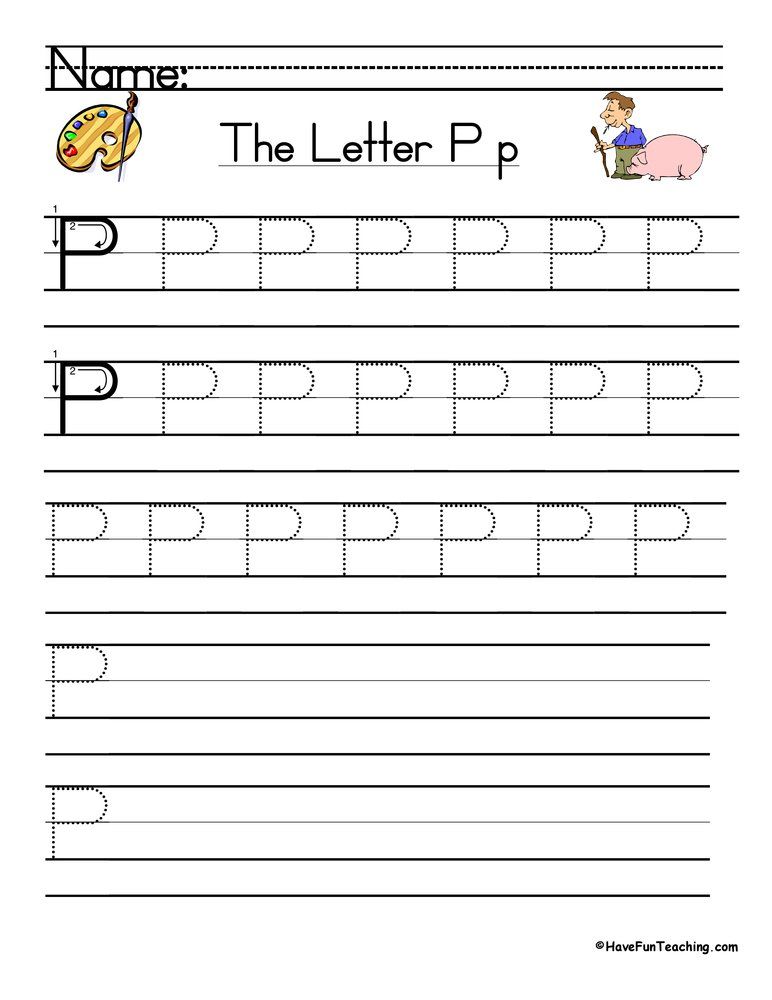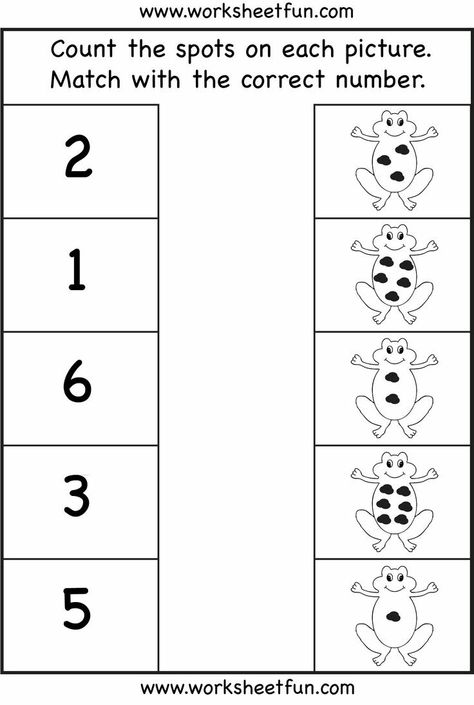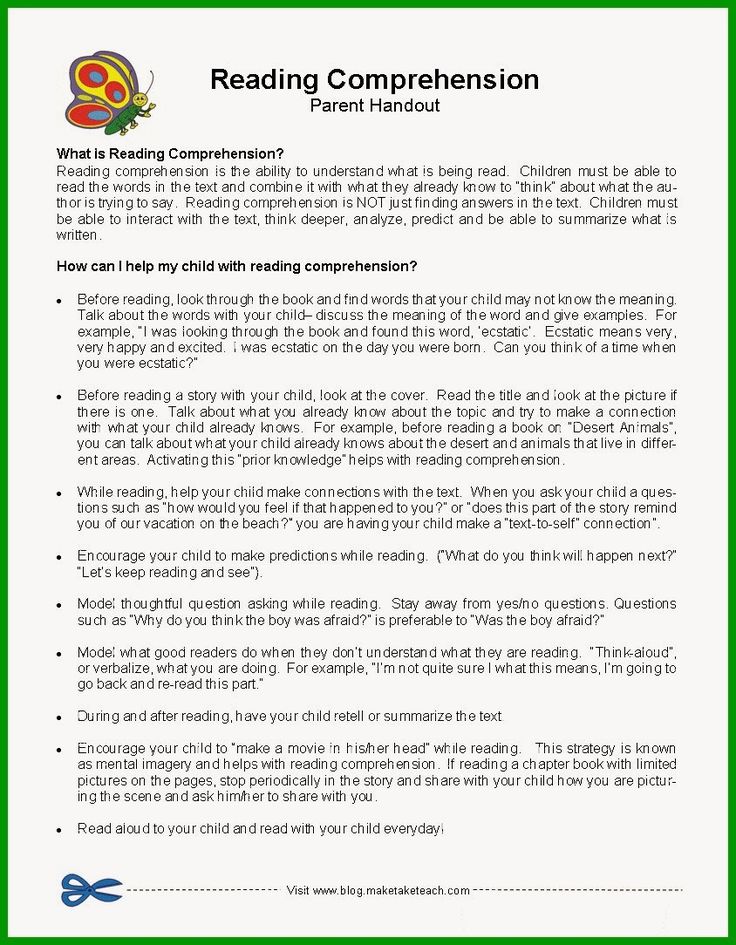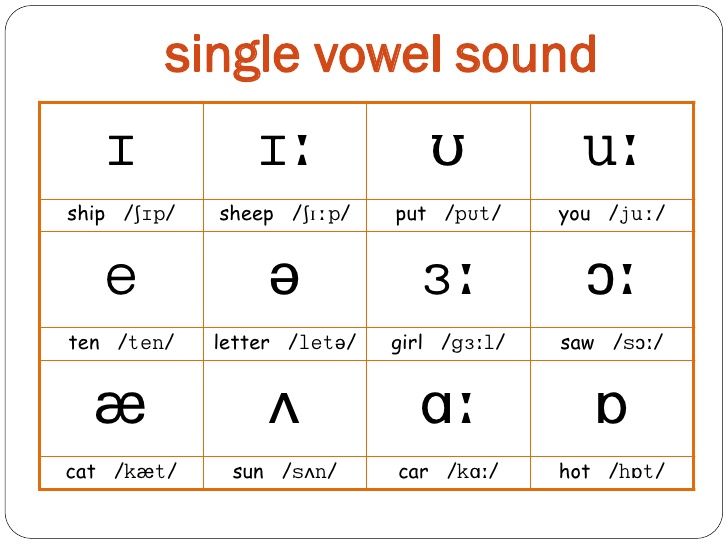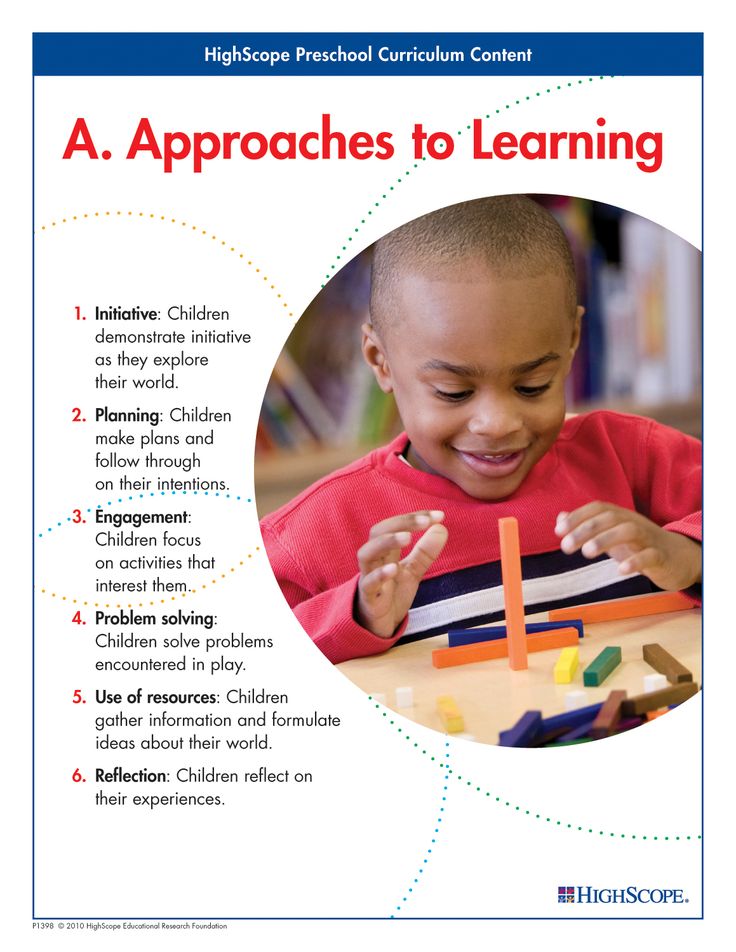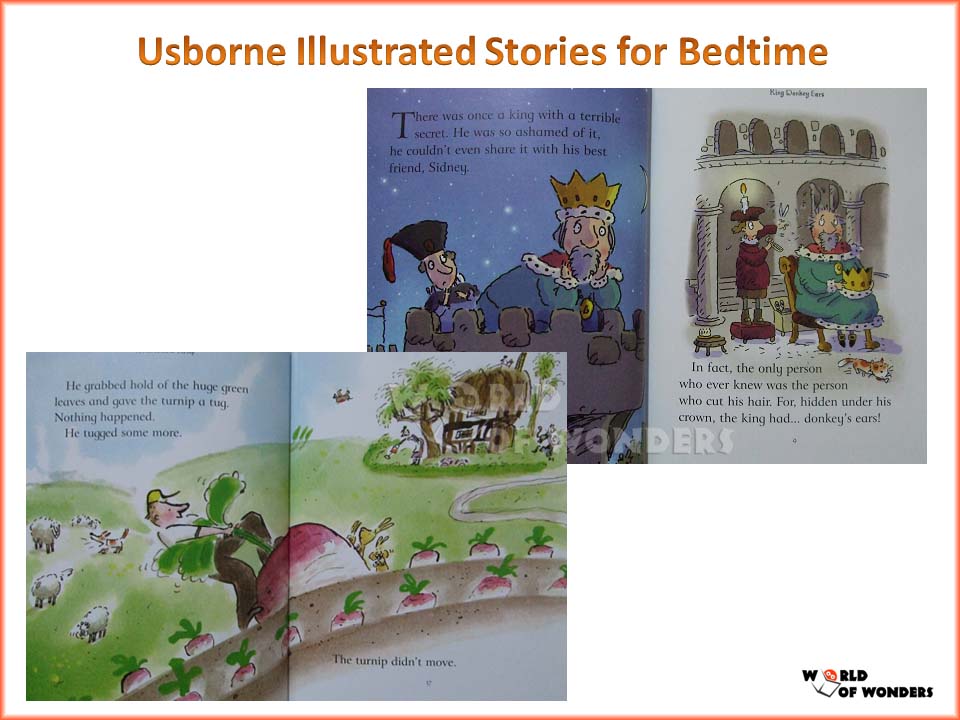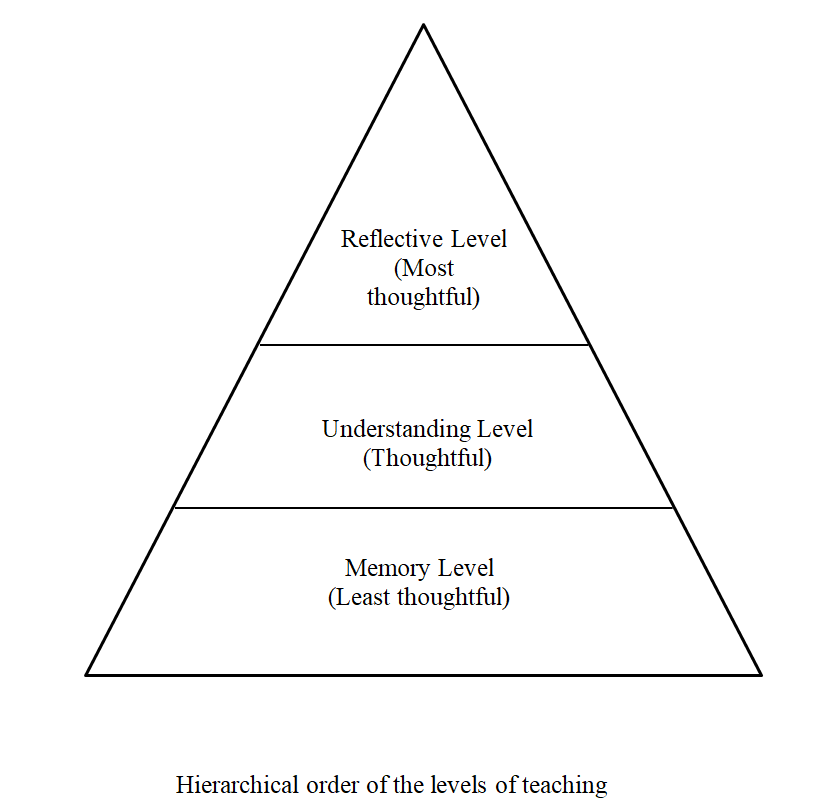Fun ways to teach writing letters
See 11 Helpful Activities to Teach Children to Write Letters & Numbers
What does research say about the benefits of teaching children to write letters and numbers accurately?
Research shows that handwriting is a foundational skill that can influence students’ reading, writing, language use, and critical thinking. It has an important role in brain development. It is necessary to teach children to write, alongside technology in the classroom, as it promotes success in other academic subjects.
Handwriting provides children with the opportunity to create internal models for the symbol system necessary to succeed in academic disciplines (Dinehart 2013).
A standard expectation in education is that young students learn how to write legible, well-formed letters. So how do we teach a child to write letters and numbers legibly and accurately?
Research indicates the benefit of using multisensory activities to teach children to write letters and numbers.
According to scientific studies, children learn best by engaging in hands-on, multisensory learning that incorporates the five senses.
A study, conducted by Kast, Meyer, Vogeli, Gross, and Jancke (2007), found that targeting multiple senses during a writing training program helped students, with and without developmental dyslexia, to improve writing skills.
Multisensory instruction can also help children become more invested in the classroom. Results of a study by Molenda and Bhavangri (2009) stated that students become emotionally involved in multisensory activities in the classroom.
Also, research supports the use of a multisensory approach when teaching academics in general.
Here are ten multi-sensory/hands-on approaches to teach children to write letters and numbers.
These methods are used to help students address challenges such as illegible letters/numbers, inconsistency in letter/number size, and letter/number reversals.
1. Surface Tracing
Show your child a letter and ask him/her to pay attention to how it is formed/shaped. Then ask your child to try to trace it from memory on a table, door, window etc.
You can also trace a letter on any surface and have your child guess what it is. Use a large surface or small surface. Write large or small letters.
If your child is really struggling to trace or guess the letters, have her put her hand on yours while you trace the letter. You can also put your hand on hers while you guide her to trace the letter.
You can even trace the letter on your child’s hand and have her guess it and ask her to trace a letter on yours and have you guess it.
Research demonstrates that having children attempt to write/draw letters from memory is an effective strategy when trying to teach children to write or to improve letter formation.
2. Stencil – Write the letters/numbers in stencils to naturally practice correct formation.
3. Ask your child to trace letters/numbers with arrow cues.
Students can trace with arrow cues on a piece of paper or a dry erase board. Once they have the hang of that (may take several sessions), ask them to trace without arrow cues.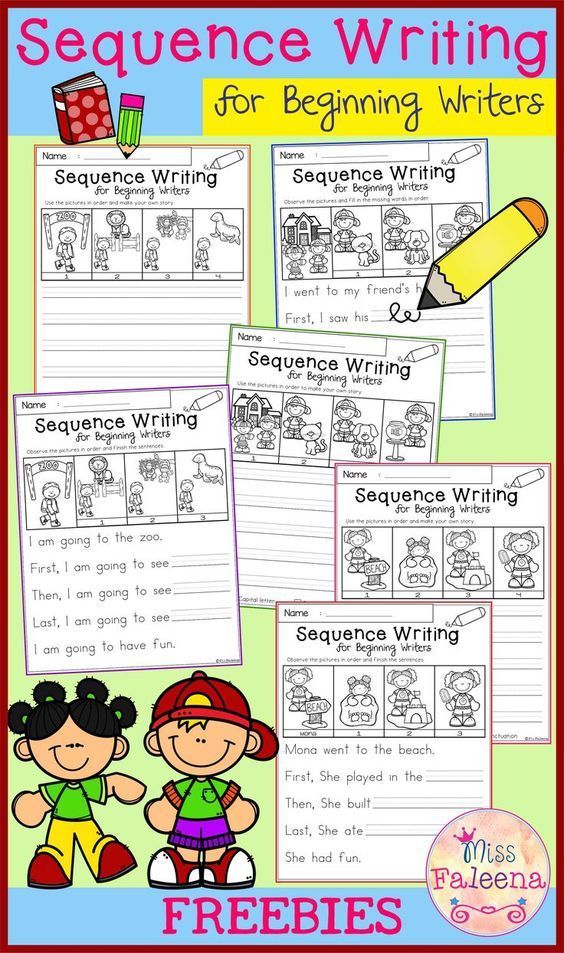
Research shows that using arrow cues is an effective strategy when working with children on correct letter formation.
You can also get a handwriting workbook such as Lots and Lots of Letter Tracing
or a dry-erase book where your child can erase and rewrite the letters/numbers as many times as they want.
4. Look at the letter and then write it on paper or a dry-erase board from memory.
If a child struggles to keep the letters in the lines because of trouble with motor control or perceptual difficulties, provide them with wide-lined paper.
This is what wide-lined paper looks like:
Young children (or those with small hands) may also benefit from shorter/child-size pens/pencils.
5. Use the Wet-Dry-Try Method
The Wet-Dry-Try method is a component of the Handwriting Without Tears Program, a research-based handwriting intervention program.
How does the Wet-Dry-Try method work?
First, the adult writes the letter on a chalkboard.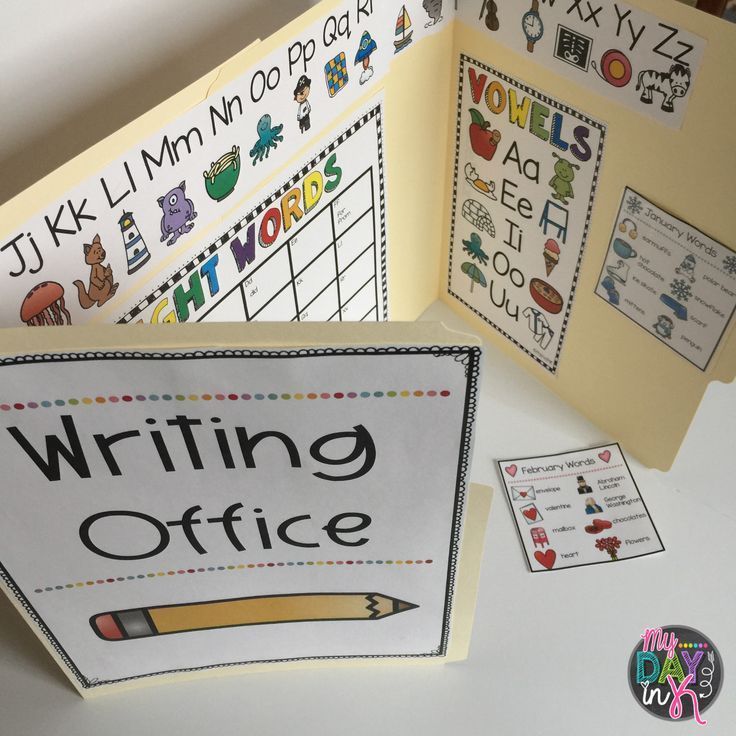
Next. the child uses a sponge and then their finger to go over the letter to make a nice wet version of the letter.
Then the child lets the letter dry and traces over the letter with chalk.
See detailed instructions below.
Handwriting Without Tears has even come out with an app where your child can try the Wet-Dry-Try method on the IPAD.
Here is an image of the app.
6. Feel/touch letter formations.
For instance, you could feel magnetic letters or make letters with play-doh or pipe cleaners and then feel/talk about their shape.
7. Write letters/numbers in sand or shaving cream.
8. Talk about letter formation.
For example, describe what a letter looks like-“a B has a straight line and two curves coming out to the right, a C looks like a crescent moon, an E looks like a comb with some missing teeth, a V is two slanted lines that meet at the bottom, etc.
Describe it to your child and have your child describe it to you.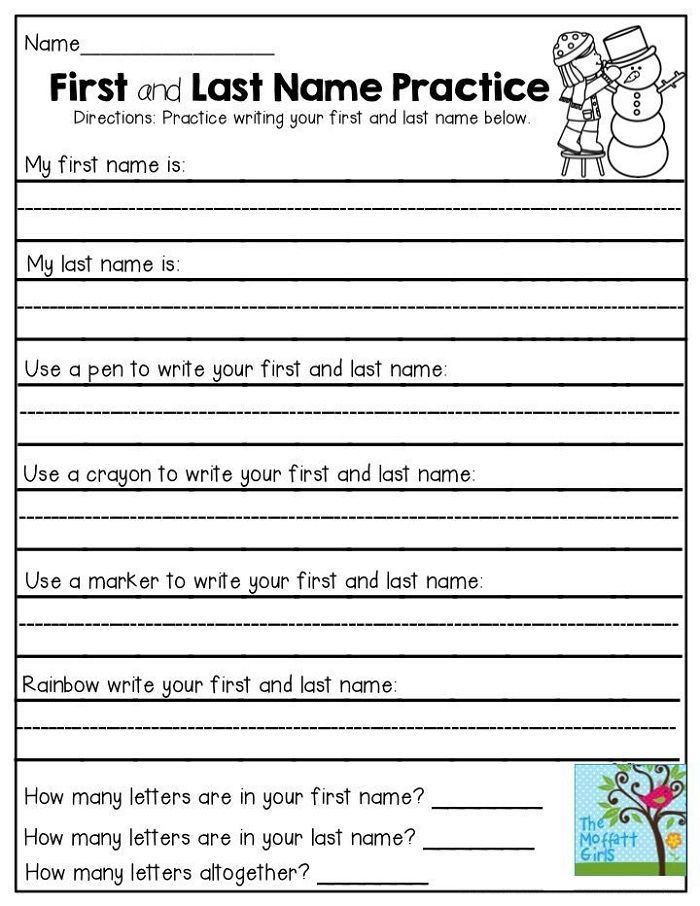 Talk about letter formation while you look at, write, or trace a letter.
Talk about letter formation while you look at, write, or trace a letter.
9. Use mnemonic devices for b/d reversals.
Mnemonic devices are research-based techniques a person can use to help them improve their ability to remember something. Here are some examples of mnemonic devices for b/d reversals.
You May Also Be Interested In: Mnemonic Examples: Everything You Need to Know (And How to Use Them) by magneticmemorymethod.com
10. Write letters in clay.
Your child can use the point or back end of a pencil/pen or other carving tool. This will allow them to feel resistance when writing which is helpful for feeling letter formations and building hand strength.
Your child can look as they write or look (only if needed) and they try to write from memory.
11. Incorporate music and movement into learning.
Research demonstrates that music enhances learning and a component of multisensory learning (discussed above) often includes kinesthetic learning (learning that takes place by the student carrying out physical activities).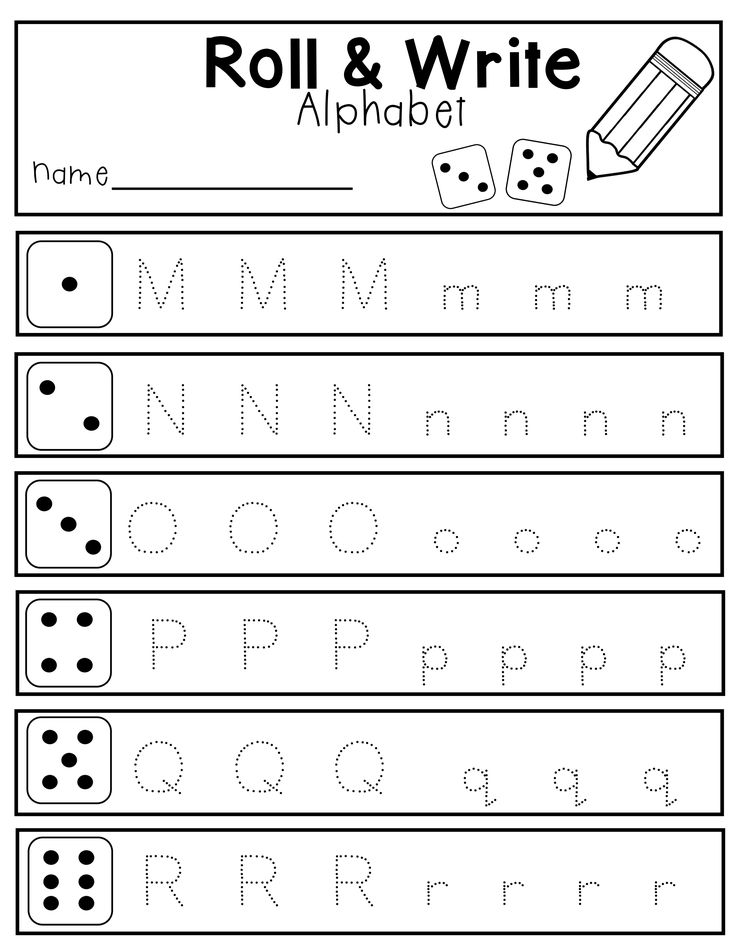
Check out these
Handwriting Without Tears moves.Here is a fun song that has the letters of the alphabet singing, dancing, and waving!
Keep in mind the following when working with students on writing:
Keep practice sessions short (e.g. 2 to 10 minutes for younger children or children who get easily frustrated and 10 to 15 minutes for older children or children who can work for longer periods without frustration), unless the child is eager to keep going.
For suggestions on ways to encourage children to complete tasks or assignments they do not want to do, read 3 Ways to Use Timers to Encourage Homework and Chore Completion and How to Use Schedules to Improve Children’s Behavior.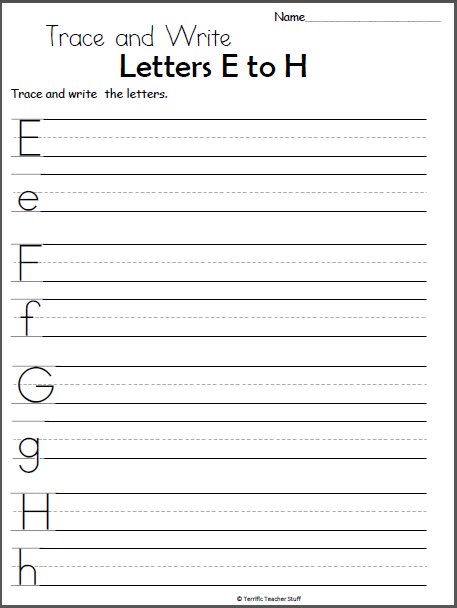
Remember to always stay calm when working with a child or student, even if you think they should be getting something that they are not getting.
If you get frustrated with them, they may start to feel anxious, angry, inferior, stupid, etc. which will lead to a less productive learning session.
Want to know if the strategies recommended in this article are working?
Ask your child to write the alphabet and the numbers 1 – 10. Check how many letters have the correct form, positioning, and are clearly recognizable. Implement the strategies in this article two to five times weekly.
At the end of a chosen time period (let’s say 10 weeks) reassess your child’s ability to correctly write 26 letters of the alphabet and numbers 1 – 10.
If you see improvement, you know the interventions are working.
It is important for children to work on mastering one letter before moving on to the next. Mastery means they can correctly write the letter on a piece of paper from memory.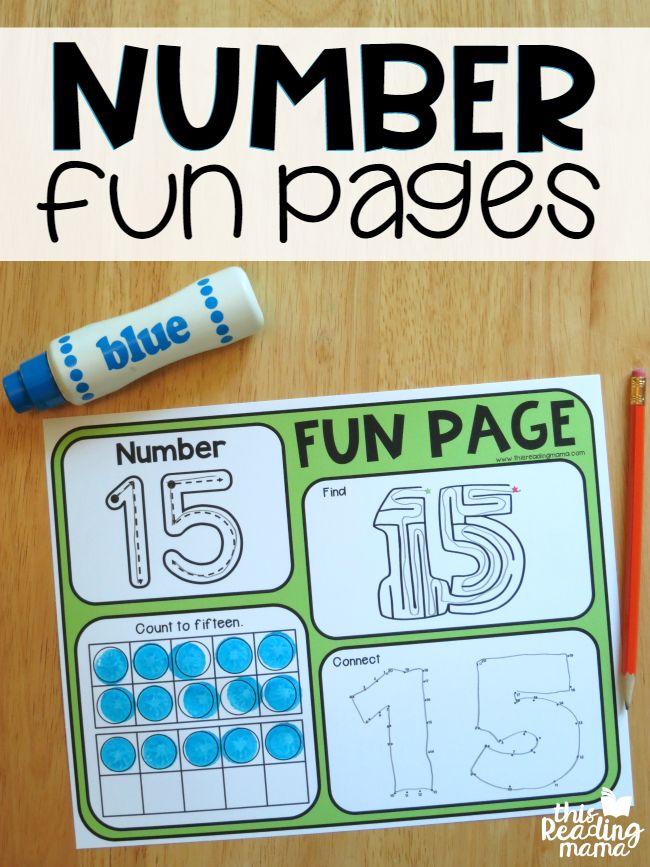
Related Article: How to Help Your Child with Handwriting and Pencil Grip
Here is some additional information about writing support for your child.
Studies estimate that between 10 to 30 percent of elementary school children struggle with handwriting (Karlsdottir and Stephansson 2002, as cited in Feder and Majnemer 2007).
If you are concerned that your child is struggling with handwriting, talk to your child’s school to find out if they share the same concern.
If you are still unsure you can check with your child’s doctor or review handwriting milestones and guidelines such as the ones at North Shore Pediatric Therapy which indicate that by six years old children typically should be able to copy or write their name and be able to write the alphabet without omitting letters.
It also states that children are expected to write the alphabet in uppercase and lowercase letters without switching forms throughout and should also use appropriate capital letters and punctuation to write complete sentences.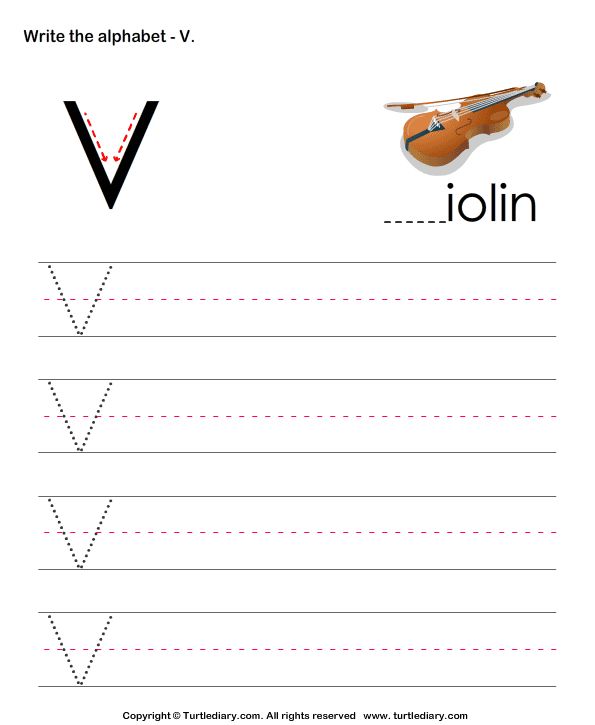
By seven years old children are expected to write letters in the correct formation and position, particularly letters where reversals are common (example: ‘b’ versus ‘d’).
If your child is having trouble with letter formation, handwriting, or acquiring other academic skills, despite consistent practice and guidance, inform your child’s school and/or doctor.
They can refer you to the appropriate professionals to determine what might be interfering with your child’s progress and what additional strategies might help.
An occupational therapist can assess posture, pencil grip, visual perception, hand-strength, etc. (all important skills for writing development) and work with your child to address specific areas of need.
A clinician such as a school psychologist, child psychologist, pediatric neurologist or developmental pediatrician can determine if additional challenges such as a learning disability or autism spectrum disorder are interfering with writing progress.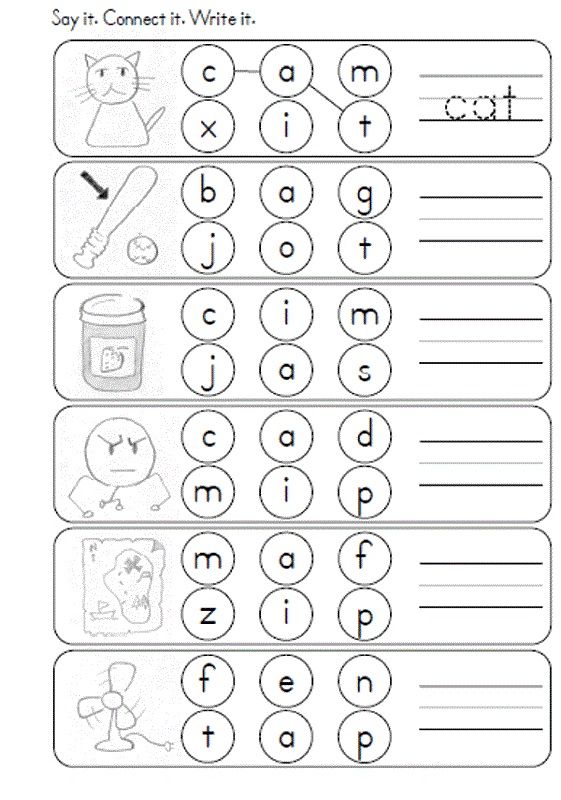
Occupational therapists can be found in your child’s schools or your community. Contact your child’s school, county, or insurance provider for more information on occupational therapists.
You Might Also Like: The Best Way to Teach Kids to Write by Preschool Inspirations
Video Presentation About Multisensory Handwriting Approaches
Multisensory Tools to Help with Letter and Number Formation
You can find more tools for learning to write in our Multisensory Store.
Rachel Wise
Rachel Wise is a certified school psychologist and licensed behavior specialist with a Master’s Degree in Education. She is also the head author and CEO at educationandbehavior.com, a site for parents, caregivers, educators, counselors, and therapists to find effective, research-based strategies that work for children. Rachel has been working with individuals with academic and behavioral needs for over 20 years and has a passion for making a positive difference in the lives of children and the adults who support them. For Rachel’s top behavioral strategies all in one place, check out her book, Building Confidence and Improving Behavior in Children, a Guide for Parents and Teachers. If you want Rachel to write for your business, offer behavioral or academic consultation, or speak at your facility about research-based strategies that support children, email her at [email protected].
Rachel has been working with individuals with academic and behavioral needs for over 20 years and has a passion for making a positive difference in the lives of children and the adults who support them. For Rachel’s top behavioral strategies all in one place, check out her book, Building Confidence and Improving Behavior in Children, a Guide for Parents and Teachers. If you want Rachel to write for your business, offer behavioral or academic consultation, or speak at your facility about research-based strategies that support children, email her at [email protected].
www.educationandbehavior.com
Like this:
Like Loading...
10 Ways to Teach Letter Formation
Here we are covering creative letter formation activities to help children with letter formation practice to create the motor plan of actually writing and forming letters. This handout on letter formation will support parents, teachers, and therapists with advocating for this functional handwriting skill.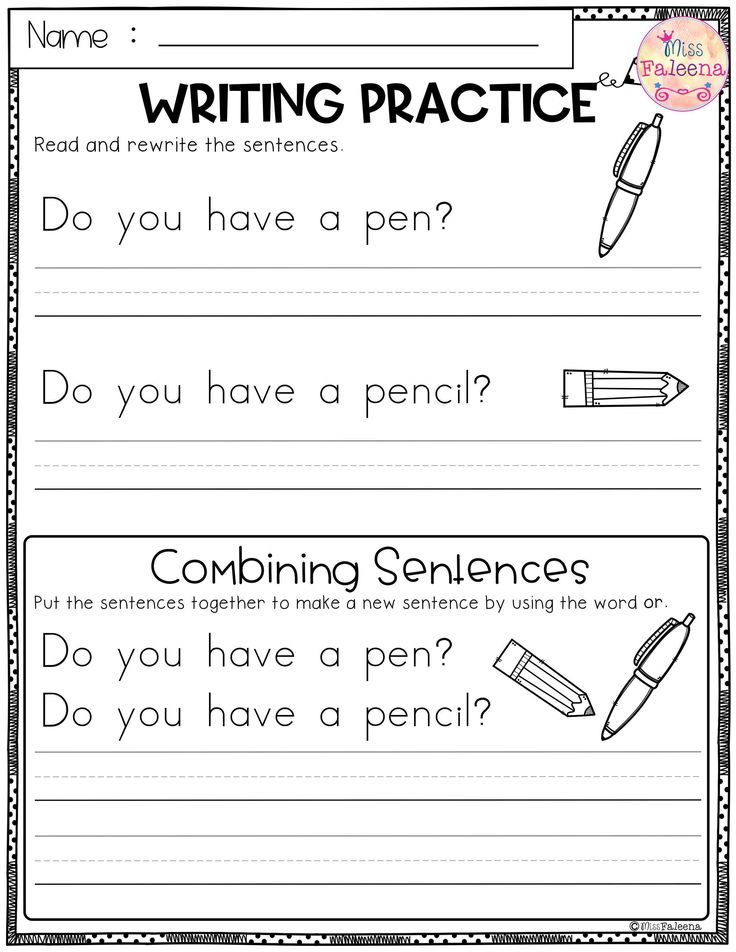
Letter Formation Activities
To get started, be sure to access these practical and creative letter formation tools:
- Lowercase letter formation activities
- Letter formation slide deck for telehealth
- Letter formation handout (free download)
- How to teach letters slide deck
- Letter reversals
One thing that is apparent in teaching Handwriting is the very real need that parents and teachers struggle with when it comes to teaching letter formation.
Teaching letter formation can be a complicated thing for children with visual perception challenges, fine motor skill difficulties, or sensory processing concerns. In this article, you will find creative ways to teach letter formation.
So many members of the group question how to teach letter formation. They wonder where to start with teaching kids to write letters or they are challenged by kids who have formed bad habits with letter formation.
They are seeing kiddos who form letters incorrectly or don’t know where to even start to teach letters accurately from the beginning.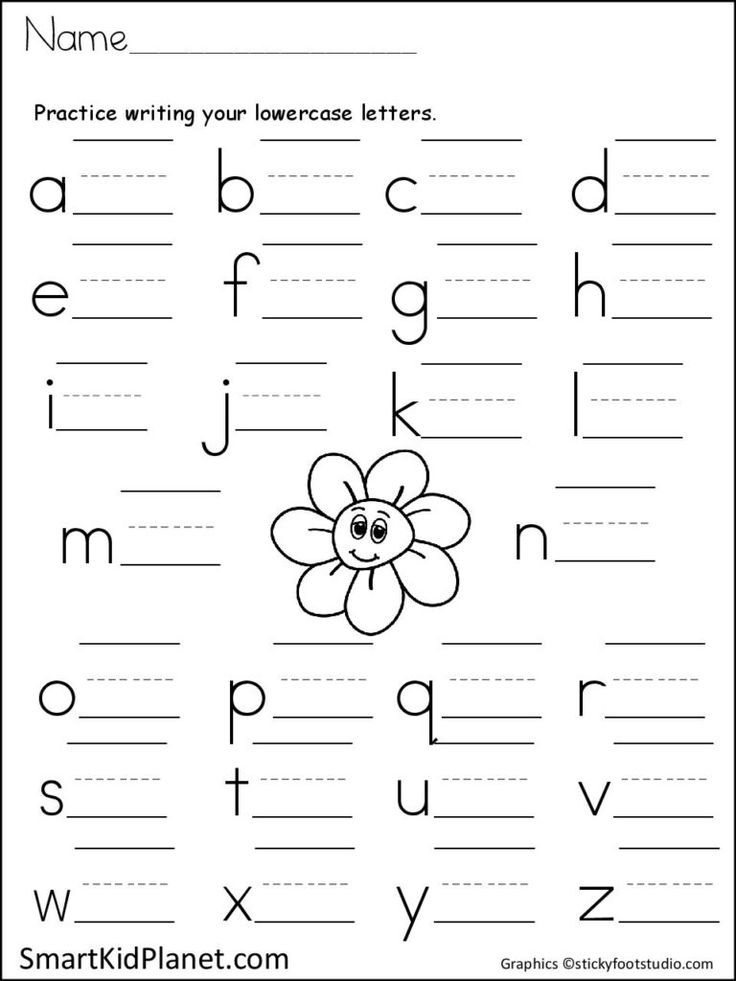
Read on to find 10 creative ways to teach letter formation whether you are starting at the beginning with a young child or are addressing those pesky bad handwriting habits that have resulted in poor letter formation and therefore, legibility.
Creative Ways to Teach Letter Formation
These fun handwriting activities are those that add a fresh concept to teaching letter formation. You can use these ideas to teach pre-writing skills or to work on specific letters.
Creating a motor plan for handwriting to form letters from muscle memory is the key here. These creative activities support that skill.
But first, consider these thoughts when teaching kids to write letters…
When using the ideas below, it’s typically recommended to start with uppercase letters because of the simplified forms and letters that for the most part, start at the top and are formed in a downward pencil stroke, which is developmentally appropriate for young children. Read more about the order to teach letters like cursive letter order here.
Read more about the order to teach letters like cursive letter order here.
Using a non-pencil activity to teach handwriting can be the trick to get kids interested in writing!
10 Ways to Teach Letter Formation
Affiliate links are included in this article.
1.) Work on letter formation by “building” letters- This is a question for some parents, teachers, and therapists. Sometimes we see children who construct letters by parts, but use inappropriate letter formation when building letters. When writing a lowercase letter “d”, they might draw a circle and then draw a line, without the re-trace. Drawing or building letters can have inefficient consequences if kids are just allowed to copy letters inaccurately and without being taught. So often, we see this in those writing tray videos over on Pinterest or Facebook. Read more about writing trays and handwriting and how to use writing trays to effectively teach letter formation. Teaching kids wot build letters with proper sequence in each letter formation is essential! This color-coded letter building activity teaches kids to start at the correct starting spot and to pick up the pencil when necessary. Try this activity for those children who respond well to visual cues. Adding a kinetic twist to teaching letter formation can be just the tool that makes formation stick!
Try this activity for those children who respond well to visual cues. Adding a kinetic twist to teaching letter formation can be just the tool that makes formation stick!
2.) Teach Letter Formation with a Writing Tray- The fact is, using a sensory writing tray for handwriting is a technique to practice proper letter formation is a way to incorporate multiple senses into learning letter formation.
Multisensory learning approaches to handwriting are very effective. Be sure to encourage proper starting points and direction of letter lines such as starting letters at the top and lifting the writing utensil when appropriate to form parts of letters such as the curves in a “B” or the slanted little lines in a “K”. Writing trays can come in all sorts of themes, sizes, and using all types of mediums. You can even create a mini-sensory writing tray like we did. Take it along in your therapy bag or on-the-go to learn and practice letter formation anywhere!
3.) Use the Sandpaper Letter Trick to Teach Letter Formation- Use a sheet of sandpaper to work on letter formation! This multi-sensory activity uses the senses to teach letter formation, by providing feedback for pencil control and line placement.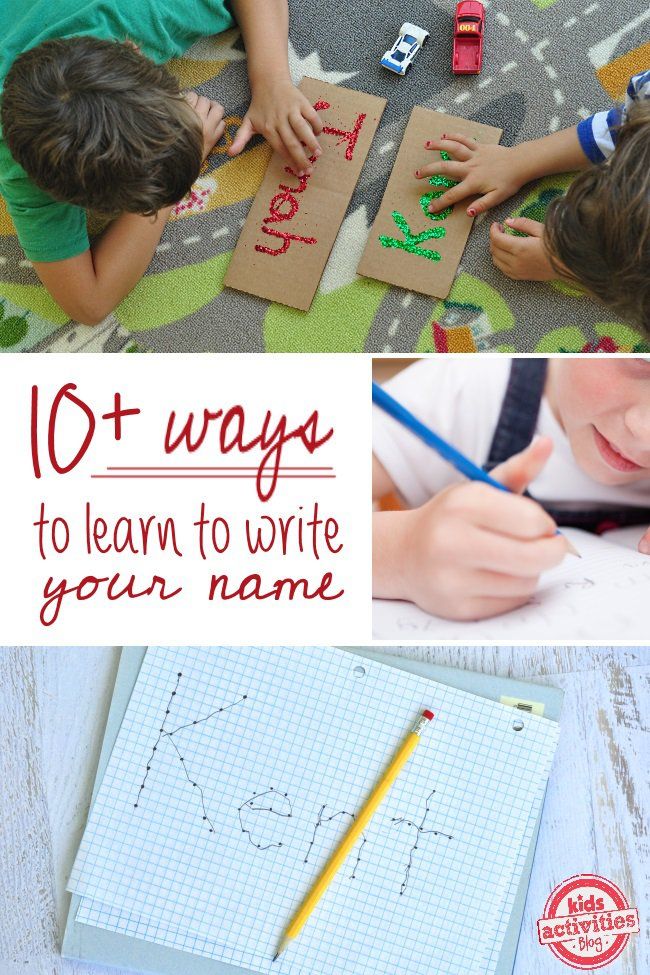 Adding a quick sheet of sandpaper to your therapy toolkit is an easy way to work on letter placement by adding additional prompts to handwriting.
Adding a quick sheet of sandpaper to your therapy toolkit is an easy way to work on letter placement by adding additional prompts to handwriting.
4.) Teach Letter Formation with Soap- Kids can learn to write letters in shaving cream, soap, and even pudding! Using multi-sensory strategies to work on letter formation can help kids remember the proper formation. So often we see strategies that are taught in isolation and then not carried over to the classroom or home. When a child is asked to write with increased speed or in a distracting environment, we may see letters that revert back to those bad habits. Adding sensory activities to letter formation such as writing in soap, shaving cream, or sandpaper can provide the feedback kids need to add just one more cue for formation. Remember to provide instruction in proper letter formation and line placement and not just setting up a child with an activity and then letting them “play and write”.
5.) Teach Letter Formation with Gross Motor Play- Sometimes, adding a movement component to teaching letter formation can be all it takes to make letters “stick”! There are so many options for adding gross motor to letter formation.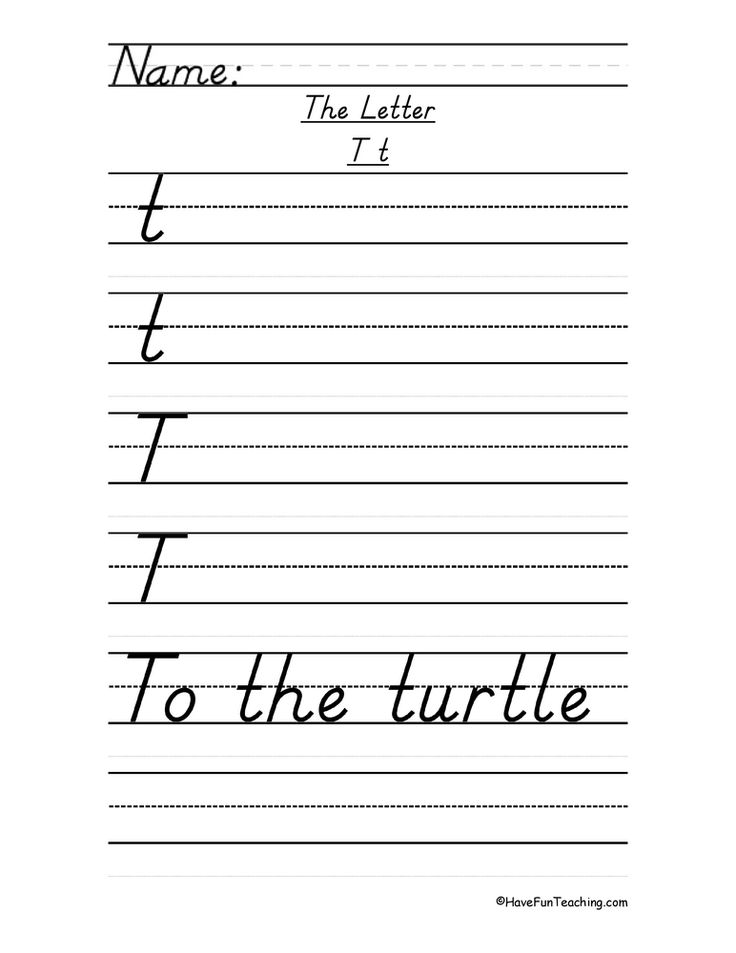
6.) Teach Letter Formation on an alternate surface with a sensory bag- Fill a sandwich bag with soap, foam, or other liquid material and practice letter formation. You can even tape the sensory bag onto a wall or window to practice letter formation. Read more about how to create and use a sensory bag to teach letter formation in this older post on sensory handwriting.
7.) Use a resistive surface to teach letter formation- The motor plan needed for letter formation can occur with practice on a resistive surface. We’ve shared ideas to teach letter formation on resistive surfaces such as using carpet squares or carpet scraps, a styrofoam tray to learn letter formation, and foam sheets to teach letter formation.
8.) Teach Letter Formation with the “Ghost Writing” Trick- Have you tried the ghost writing trick to teach letter formation? It’s a fun way to explore the pencil strokes needed for letter formation as well as skills needed for legible handwriting and pencil pressure in written work.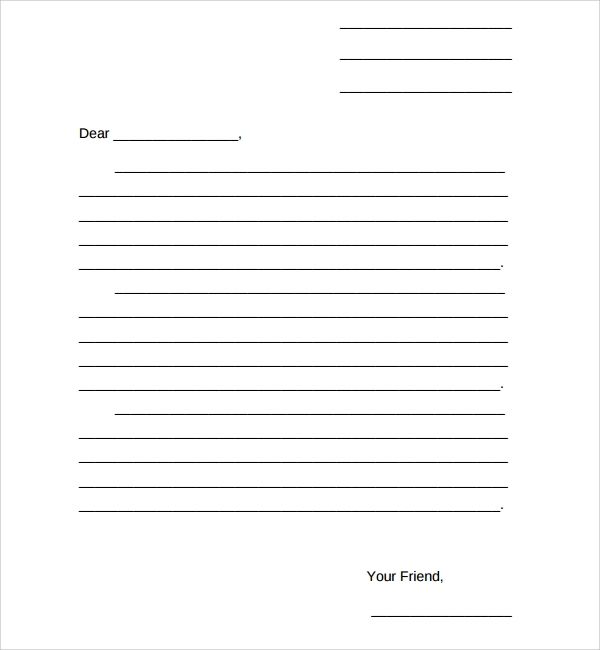
9.) Use Boxes and Dots to Teach Letter Formation- This box and dot letter formation trick also helps kids learn letter size or spatial awareness in written work. It’s also a tool to help kids who struggle with letter reversals. You can make your own paper or use graph paper to create a quick practice tool for teaching letter formation.
10.) Help kids learn to write with a Kinetic Letter Formation- This is fun kinetic fine motor activity is another spin on adding resistive input and a motor component to letter formation, all using recycled materials or objects found around the home. Use a recycled can and push pins to teach letter formation while improving hand strength and fine motor skills.
Do you have any letter formation activities that you love to use when teaching handwriting? Tell us about them! There are over 14,000 members in the Sweet Ideas of Handwriting Help Facebook Group that love sharing ideas to work on handwriting.
Colleen Beck, OTR/L is an occupational therapist with 20+ years experience, graduating from the University of Pittsburgh in 2000.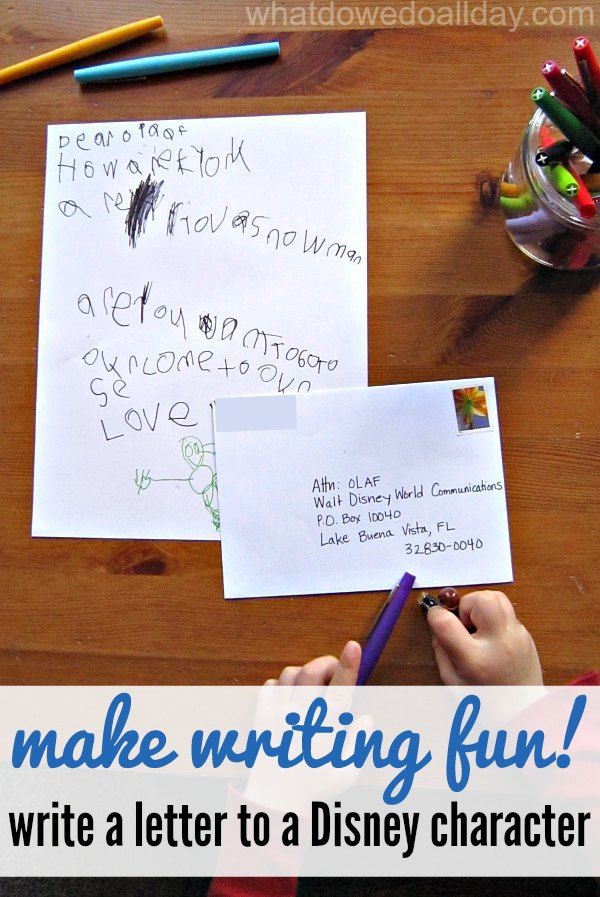 Colleen created The OT Toolbox to inspire therapists, teachers, and parents with easy and fun tools to help children thrive. As the creator, author, and owner of the website and its social media channels, Colleen strives to empower those serving kids of all levels and needs. Want to collaborate? Send an email to [email protected].
Colleen created The OT Toolbox to inspire therapists, teachers, and parents with easy and fun tools to help children thrive. As the creator, author, and owner of the website and its social media channels, Colleen strives to empower those serving kids of all levels and needs. Want to collaborate? Send an email to [email protected].
The Handwriting Book covers everything you need to know about handwriting, guided by development and focused on function. This digital resource is is the ultimate resource for tips, strategies, suggestions, and information to support handwriting development in kids.
The Handwriting Book breaks down the functional skill of handwriting into developmental areas. These include developmental progression of pre-writing strokes, fine motor skills, gross motor development, sensory considerations, and visual perceptual skills. Each section includes strategies and tips to improve these underlying areas.
- Strategies to address letter and number formation and reversals
- Ideas for combining handwriting and play
- Activities to practice handwriting skills at home
- Tips and strategies for the reluctant writer
- Tips to improve pencil grip
- Tips for sizing, spacing, and alignment with overall improved legibility
Click here to grab your copy of The Handwriting Book today.
step-by-step instructions with expert advice
And now the first letter, the first word, appears on a piece of paper. Uneven and uncertain. But long-awaited. How to teach a child to write? How can I help him develop writing skills at home? Answers-in our material
Alena Gerashchenko
Author KP
Anna Shumilova
Methodist of the Teacher Platform
Mars Diamond 9000
Director0003
Writing is an important skill that is learned in preschool and elementary school.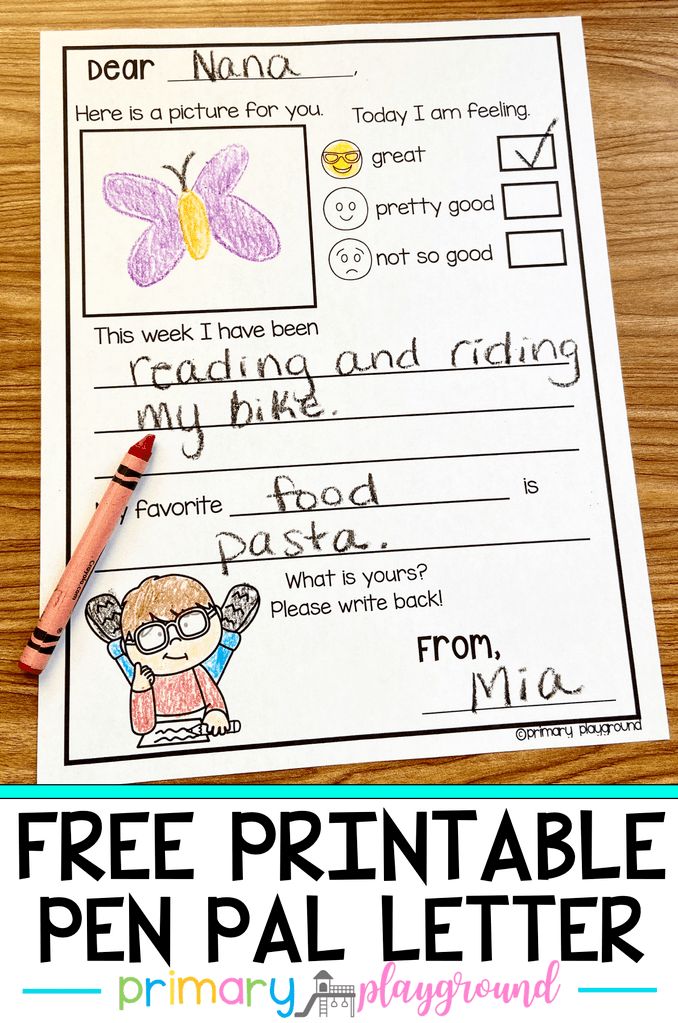 The opinions of experts differ: someone thinks that it is better not to put a letter to the child at home, someone, on the contrary, is convinced that it is the parent who opens the world of writing to the child. We believe that you can start developing the skill of writing letters at home - learn to draw pictograms, connect dots on paper, draw - not write - letters. Leave the capital letters and intricate, ornate words to the schoolteachers. Teach your child the basics. Get him interested in drawing, help develop spatial perception of reality, teach hand-finger coordination. We will tell you step by step how to teach your child the basics of writing before school.
The opinions of experts differ: someone thinks that it is better not to put a letter to the child at home, someone, on the contrary, is convinced that it is the parent who opens the world of writing to the child. We believe that you can start developing the skill of writing letters at home - learn to draw pictograms, connect dots on paper, draw - not write - letters. Leave the capital letters and intricate, ornate words to the schoolteachers. Teach your child the basics. Get him interested in drawing, help develop spatial perception of reality, teach hand-finger coordination. We will tell you step by step how to teach your child the basics of writing before school.
Step-by-step instructions for teaching a child to write
Everything needs a system. In training, a systematic, everyday contribution to the development of skills is very important. Compliance with the following steps will lay the foundation for high-quality development of the child's writing.
Step #1. Get interested
Start telling children in an exciting way what writing is, why it is needed, how it originated and developed. The main thing is to present the story not with dry facts. Do it brightly, colorfully, picturesquely. Show your child photographs of the walls of the Egyptian pyramids, which depict various drawings and hieroglyphs. Tell your son or daughter the story of the Novgorod boy Onfim, who wrote birch bark letters in the 13th century, show his monument, and the letters and drawings. The emotional presentation of the story, coupled with illustrative material - all this will resonate with the child. Also invite the child to do the exercises during the stories. Here are a couple of activities to accompany stories that will help your child understand the nature of writing and want to learn to write on their own as soon as possible.
Exercise 1
Show your child pictograms (wall pictures that our ancestors used to communicate information to each other), invite him to fantasize and make up an oral story based on the pictures he saw.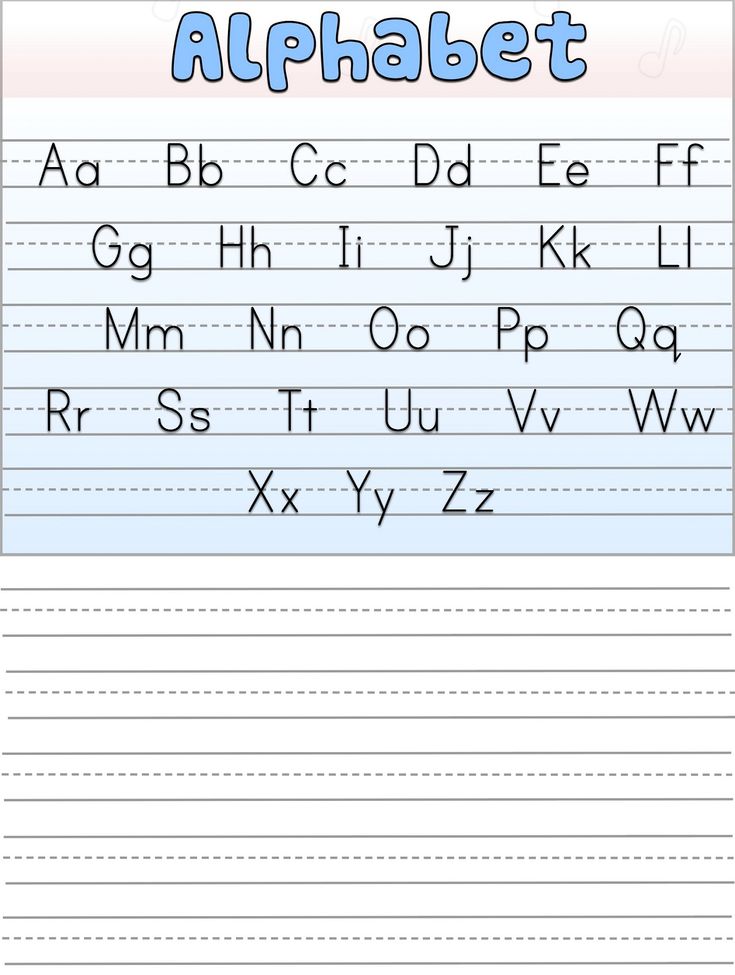
Exercise 2
And vice versa: make up a story with the child and invite him to illustrate it in detail with the help of pictures. Such tasks, among other things, develop fantasy, speech and storytelling skills.
After the pictograms, go on to explain ideographic writing. It sounds complicated, but in fact, ideography uses simplified pictograms - symbols. The Chinese language is built on symbolism (principle 1 character = 1 word), designations in the transport sector. Acquaintance with the symbols will be interesting for the child if you pay attention to them during a walk.
You can teach a child to draw simple images with meaning: for example, two wavy horizontal lines symbolize a pond; crossed circle - prohibition, the word "no" and so on. Stories about ideographic writing and "practical ideography" will expand the horizons of the baby, teach him to perceive the world around him more sensitively, develop creative thinking, and teach spatial perception.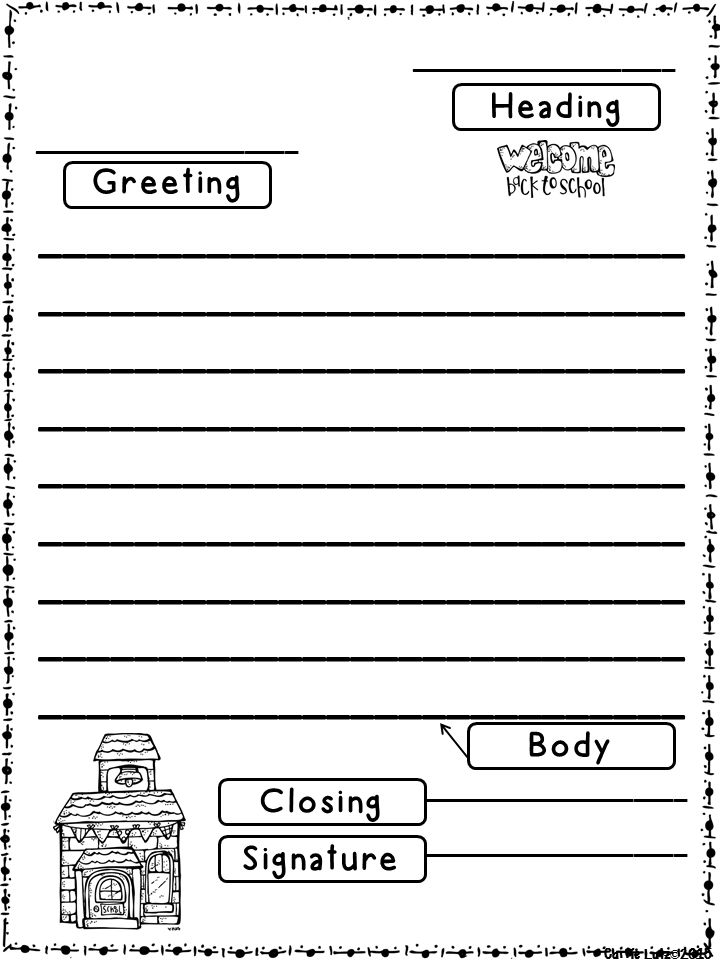
If you feel that the kid is ready for more (he asks questions, draws a lot), tell him about modern writing, about languages. Explain that the Egyptians wrote from right to left - it was inconvenient: hieroglyphs, drawings were smeared by hand. Show your child that writing like this is not very convenient. Tell us that we inherit the experience of the ancient Greeks - we write from left to right. Take a digression into history and tell the fidget that Latin was developed from the ancient Greek language, and it became the official language of the church. Latin formed the basis of many other languages (English, German). And our ancestors developed Slavic writing, the Russian language. Conclude that today we use the Russian script, an alphabet of 33 letters. Show the child a primer, study each letter with him. Invite the child to circle each of them with a finger.
Step #2: Practice Moderately
Spend no more than 15 minutes a day on letter-drawing. Let the child during this time repeat the outlines of the letters from the primer. Let him try to draw them. If the letters are crooked - it's not scary. It should not scare you that the signs crawling out from under the pencil of a novice writer do not quite look like letters. Transform the process of learning to write into a game - sit next to the baby and draw incomprehensible signs of eyes, smiles, legs and arms. So the child will have more fun. He will trust you, the process, the primer, and next time he will accurately draw a letter, and not a hippopotamus or a fat cat. The main rule is to learn to draw letters for a quarter of an hour. Let the child rest. Even the creativity that the kid is passionate about can exhaust him and discourage him from learning to write.
Let the child during this time repeat the outlines of the letters from the primer. Let him try to draw them. If the letters are crooked - it's not scary. It should not scare you that the signs crawling out from under the pencil of a novice writer do not quite look like letters. Transform the process of learning to write into a game - sit next to the baby and draw incomprehensible signs of eyes, smiles, legs and arms. So the child will have more fun. He will trust you, the process, the primer, and next time he will accurately draw a letter, and not a hippopotamus or a fat cat. The main rule is to learn to draw letters for a quarter of an hour. Let the child rest. Even the creativity that the kid is passionate about can exhaust him and discourage him from learning to write.
Spend no more than 15 minutes a day on letter-drawing. Photo: globallookpress.com
Step No. 3. “We wrote, we wrote, our fingers were tired!” Develop fine motor skills
Together with your child, sculpt from plasticine, build towers and wonderful animals from the designer, draw, color, make applications, lay out mosaics, embroider with a cross.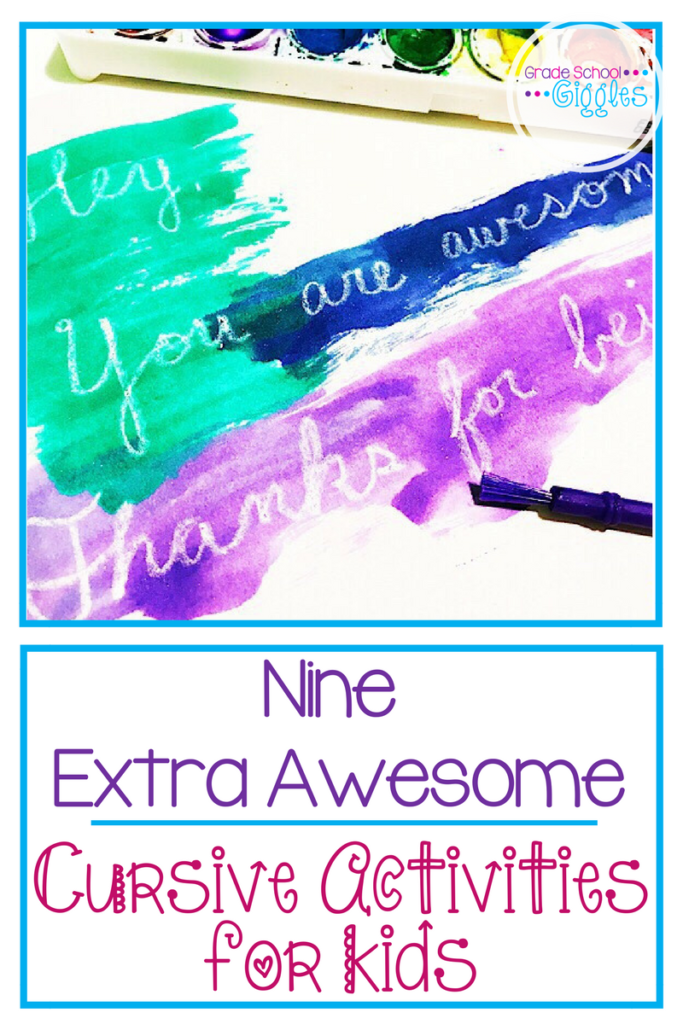 Practice daily, captivate your child with creativity and at the same time help him develop fine motor skills of his hands. If he learns to manipulate various small objects, it will be easier for him to learn to write. Fine motor skills training allows you to develop the temporal regions of the brain that are responsible for speech. If the baby has good motor skills, he writes well, then it will also not be difficult for him to tell a poem beautifully or come up with a story and vividly present it to his family, classmates, teacher. In man, everything is very subtly interconnected.
Practice daily, captivate your child with creativity and at the same time help him develop fine motor skills of his hands. If he learns to manipulate various small objects, it will be easier for him to learn to write. Fine motor skills training allows you to develop the temporal regions of the brain that are responsible for speech. If the baby has good motor skills, he writes well, then it will also not be difficult for him to tell a poem beautifully or come up with a story and vividly present it to his family, classmates, teacher. In man, everything is very subtly interconnected.
Read also
"Mom, buy": how to deal with children's requests in the shopping center, parental abuse in response: perhaps each of us was an unwitting witness to such heartbreaking scenes. Together with the teacher-psychologist Ekaterina Bolysheva, we learn to avoid mistakes that can lead to children's tantrums in the store0035
The child's back must not be bent by the wheel. Incorrect posture will negatively affect the health of the internal organs of the baby, his psychological state, even the activity of his thinking.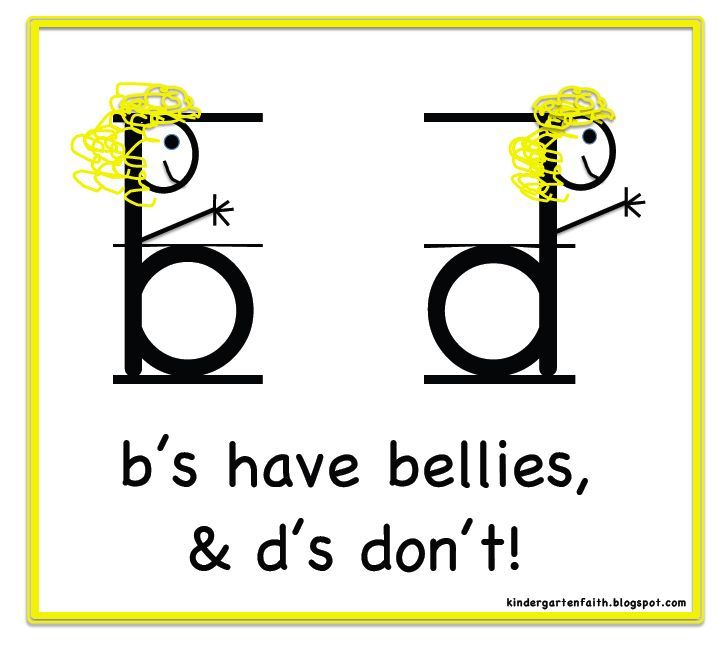 Do sports with your child (gymnastics, swimming). Show him how to walk correctly - straight with a slightly raised chin, rushing the top of his head up. Teach him to sit at the table correctly: the child should bend in the lower back, the shoulders should be slightly relaxed, lowered. The kid should not lean heavily on the back of the chair and shift the entire body weight onto the table. The muscles of the upper body should be toned and slightly tense, but the neck should not be pulled forward. A slight tilt of the head is acceptable. In any case, consult with your pediatrician about how to properly seat your child at the table. He will suggest effective practices for controlling the muscles of the back, neck, arms and will talk in detail about why it is so important to develop the habit of sitting at the table correctly.
Do sports with your child (gymnastics, swimming). Show him how to walk correctly - straight with a slightly raised chin, rushing the top of his head up. Teach him to sit at the table correctly: the child should bend in the lower back, the shoulders should be slightly relaxed, lowered. The kid should not lean heavily on the back of the chair and shift the entire body weight onto the table. The muscles of the upper body should be toned and slightly tense, but the neck should not be pulled forward. A slight tilt of the head is acceptable. In any case, consult with your pediatrician about how to properly seat your child at the table. He will suggest effective practices for controlling the muscles of the back, neck, arms and will talk in detail about why it is so important to develop the habit of sitting at the table correctly.
Popular questions and answers
How to teach a child to write beautifully?
Anna Shumilova, methodologist of the Uchi.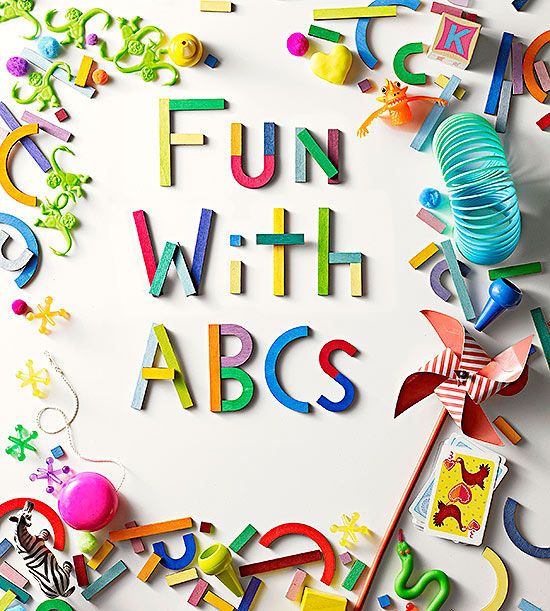 ru platform:
ru platform:
— Is it really necessary to demand beautiful handwriting and perfectly clean notebooks from a child? Some parents are worried when teachers lower their children's grades for the design of notebooks, and they believe that the main thing is to write down the exercise without errors, give the correct answer to the question, and find the right solution to the problem. Other parents, on the contrary, force the child to rewrite the work with blots and expect the teacher to spend enough time on calligraphy in the classroom. The truth, as always, lies somewhere in the middle. Any teacher knows from his own experience that in dirty, untidy notebooks there are rarely work without errors. Order and accuracy help to form a harmonious, logical thinking. If the student writes quickly and readably, this becomes a huge advantage for him in mastering the school material. We are of the opinion that the teacher should teach children to write. Any adult person knows for himself that it is quite difficult to change handwriting or the way letters are written.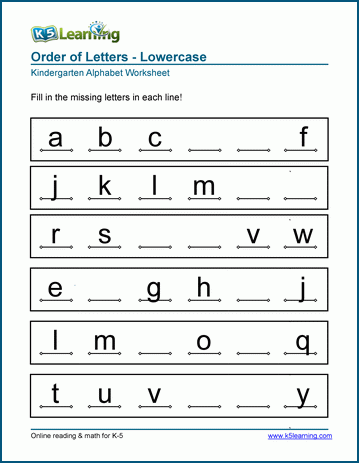 Incorrect spelling of letters will not help either the first grader or his teacher, but, on the contrary, will cause additional difficulties. However, a parent can help.
Incorrect spelling of letters will not help either the first grader or his teacher, but, on the contrary, will cause additional difficulties. However, a parent can help.
If you want to help your child prepare for writing, it is best to start with block letters and do no more than 20 minutes at a time. You should also explain to the future student the basic principles of writing.
1. The line is the letter house. It has a floor and a ceiling. You can not break through the floor and stick out the legs of the letters from there. You can't break through the ceiling and stick your head out like a giraffe. If such a nuisance nevertheless happened with the letters, you can give the child a colored pencil and ask them to underline the hooligan letters and ask what exactly is wrong with them. After that, be sure to underline the letters that turned out to be written correctly, and praise the child. Another great exercise is coloring. We select a small part of the picture and ask to color it without going beyond the outline of the figure.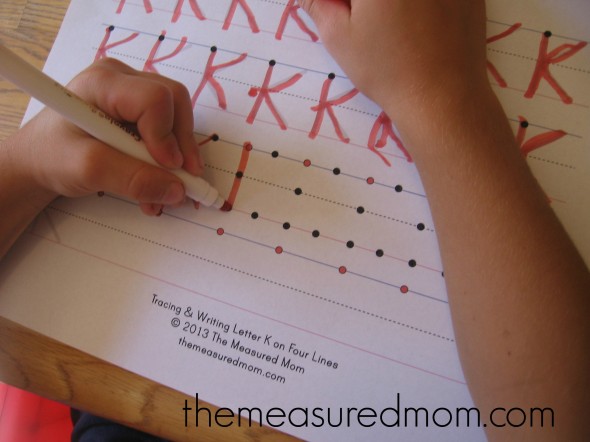 For little naughty fingers, it's not so easy.
For little naughty fingers, it's not so easy.
2. When we write letters, we imagine the rails on which the train travels. If the rails cross, the train will derail and fall. The letters should not dance on the line, but stand like soldiers. After the kid writes a line, you can take a ruler and draw vertical lines through the letters. If the rails are straight everywhere, then the train arrived wonderfully, and you can put a big fat plus on this line! Over time, the rails may become slanted, but should remain parallel.
3. Written letters consist of a certain set of elements: sticks, hooks, loops and ovals. As we wrote above, it’s better not to collect letters without a teacher, but it’s worth practicing writing sticks of different lengths. To work with an oval, we can draw a box. The oval should look out the window and not get stuck in it. If a child draws a circle, then his chubby cheeks will not crawl through the window. Cheeks will have to be erased. In addition to writing, we advise you to have an A4 lined notebook. If you don't have one, the regular one will do. First, the parent himself draws a large beautiful printed letter. The child paints its elements in different colors. Then we write giant letters (several centimeters high). At the beginning of the line, the parent puts dots, the child circles them, and only then appends the line on his own. Next come the middle letters and, towards the end of the page, the midget letters. While the child writes, you can ask him to pronounce the sound of a capital letter in a rough voice, the sound of a middle letter in a normal voice, and squeak the sound of a midget letter. That will be much more fun!
In addition to writing, we advise you to have an A4 lined notebook. If you don't have one, the regular one will do. First, the parent himself draws a large beautiful printed letter. The child paints its elements in different colors. Then we write giant letters (several centimeters high). At the beginning of the line, the parent puts dots, the child circles them, and only then appends the line on his own. Next come the middle letters and, towards the end of the page, the midget letters. While the child writes, you can ask him to pronounce the sound of a capital letter in a rough voice, the sound of a middle letter in a normal voice, and squeak the sound of a midget letter. That will be much more fun!
How to teach a child to write quickly?
Anna Shumilova:
— A quick letter is a continuous letter. He will be taught by a teacher at school. As soon as the literacy period ends (around February 1st grade) and the Russian language begins, you can dictate very short dictations to your child.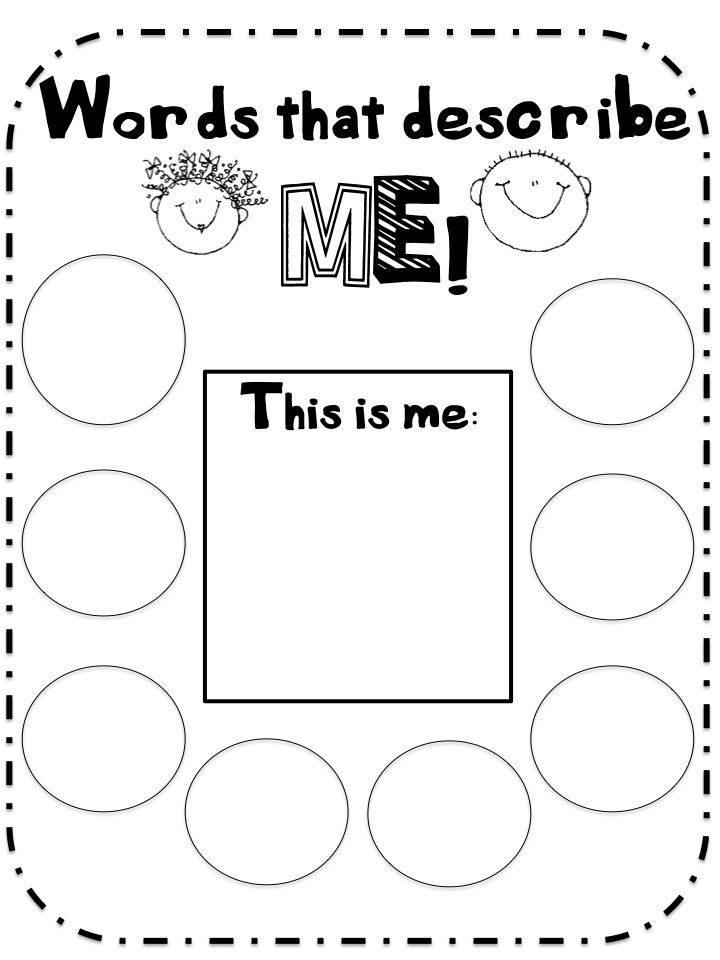 You can use the collection of O. V. Uzorova. You can come up with short funny sentences about your child yourself. This will generate additional interest in the letter. Only practice and control over the maximum continuity of the hand while writing one word will help to write quickly. So that the child does not forget what this or that letter looks like (which happens up to grade 3), it is necessary to spend minutes of calligraphy.
You can use the collection of O. V. Uzorova. You can come up with short funny sentences about your child yourself. This will generate additional interest in the letter. Only practice and control over the maximum continuity of the hand while writing one word will help to write quickly. So that the child does not forget what this or that letter looks like (which happens up to grade 3), it is necessary to spend minutes of calligraphy.
Read also
Motivation of a child to study at school
Komsomolskaya Pravda tells why children are waiting for the Day of Knowledge, but after a week they suddenly start to get sick and tells how to make the child motivated to study
2
How to teach a child to write at home?
Almaz Marsov, director of the online school "It's clear":
- Learning to write can be divided into 2 stages: preparing the hand for writing and writing itself.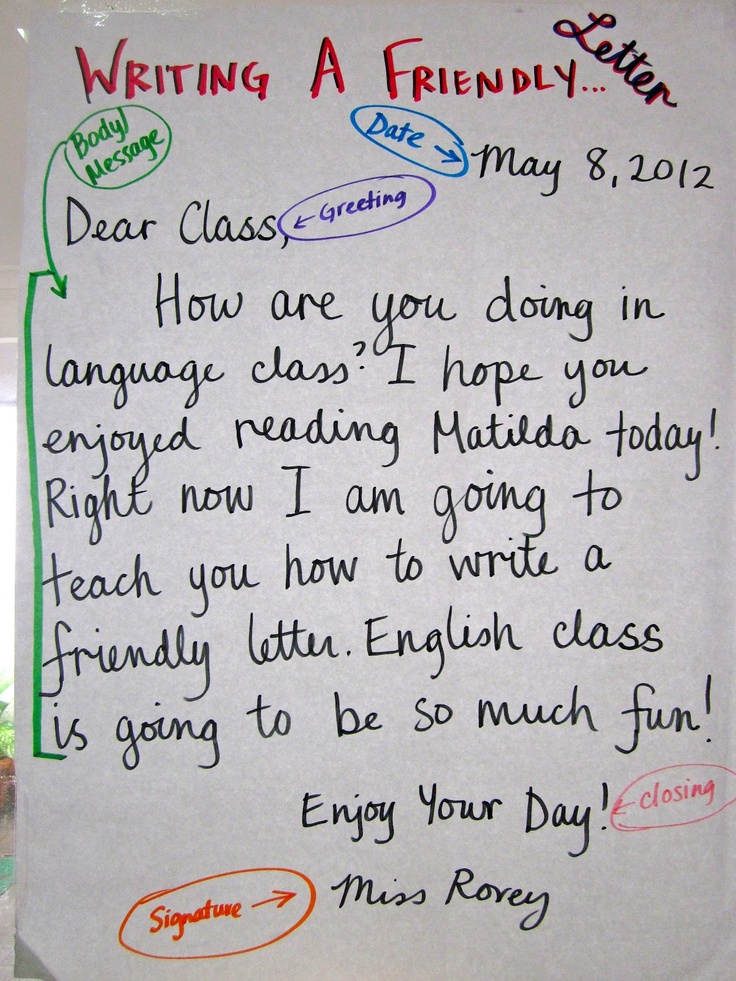 At the preparatory stage, you need to teach the child to coordinate brush movements. To do this, play and create with your child. Coloring pages, hatching tasks, as well as graphic exercises will help you: graphomotor tests, labyrinths, tasks of the series “connect by dots”, “connect by dotted lines”, “draw the second half” and so on. In a word, these are the tasks that will teach a child to use a pencil or pen - to set the direction of the lines, control the force of pressure, control the size of the image, the clarity of the lines and smoothness. After that, you can start writing letters and numbers.
At the preparatory stage, you need to teach the child to coordinate brush movements. To do this, play and create with your child. Coloring pages, hatching tasks, as well as graphic exercises will help you: graphomotor tests, labyrinths, tasks of the series “connect by dots”, “connect by dotted lines”, “draw the second half” and so on. In a word, these are the tasks that will teach a child to use a pencil or pen - to set the direction of the lines, control the force of pressure, control the size of the image, the clarity of the lines and smoothness. After that, you can start writing letters and numbers.
The main principle is to go from simple to complex. First, you can learn to write part of a letter or number, then the letter or number in full. It is important to show the child the correct sequence of writing letters and numbers: from left to right, from top to bottom. Too many children come to school with the wrong letter and are faced with the need to relearn. To avoid this, we recommend that you complete tasks with the children and control the correct spelling until they develop a writing skill.
Of course, the best helper is prescription. As soon as the child masters the letter with a hint, you can move on to a more difficult option - writing in a notebook. The more practice, the more confident and better the child's writing. Finally, the skill needs to be consolidated and improved. Write everywhere: sign drawings and crafts, write on asphalt with crayons, on misted glass with your finger - turn writing into a game and an interesting activity for your child. The more you practice, the faster and more beautiful the child will write.
What kind of games help children develop writing skills?
Anna Shumilova:
— Almost any exercise can be turned into a game. It depends on the submission of the material. You can draw letters with your nose in the air, collect letters from sweets. You can color the letters, circle them with dots, and then give them gifts. If the letter is oval, it is necessary to give objects that also contain an oval in their image. Write not only at the table, but also with chalk on the pavement, a marker on a blackboard, sand on glass or on a piece of paper, show letters on your fingers, ask you to guess which letter you are in.
Write not only at the table, but also with chalk on the pavement, a marker on a blackboard, sand on glass or on a piece of paper, show letters on your fingers, ask you to guess which letter you are in.
What determines how fast a child learns to write?
Anna Shumilova:
— We recommend taking your child to at least a few calligraphy lessons or watching video tutorials on YouTube. The teacher will tell you how to correctly determine the size of the line and letter. Pen and ink will not allow the child to rush. He will learn to breathe correctly, regulate the pressure on the pen, focus on writing, see the extraordinary artistic beauty of various styles of writing letters. This will be a great experience and will help your child develop writing skills and strive for perfection.
Read also
How to teach a child to do homework on their own
In an ideal world, children themselves go to bed and do their homework - but alas, in reality, everything is not so.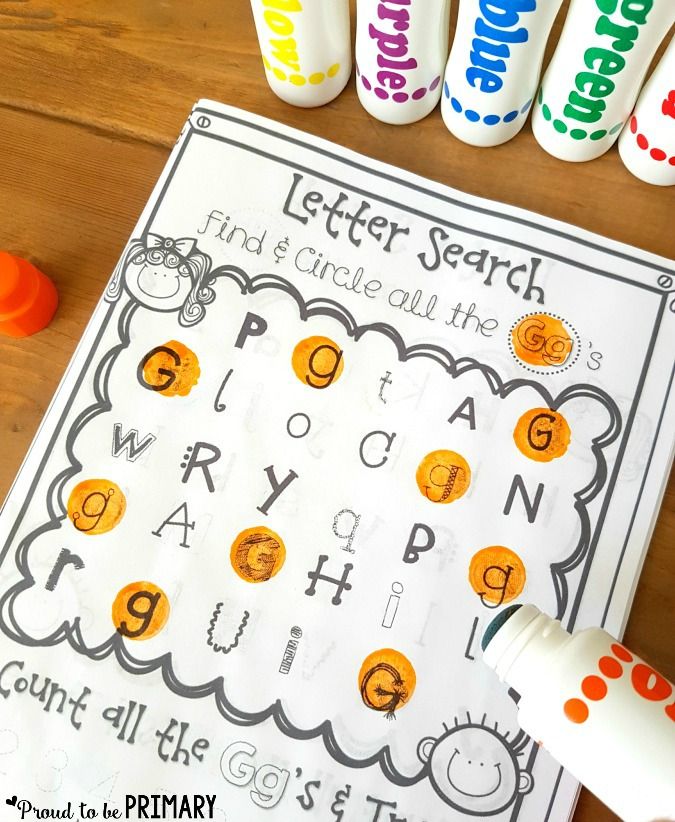 Most parents of schoolchildren still have to help them with their homework
Most parents of schoolchildren still have to help them with their homework
| More |
Cover photo: globallookpress.com
Made on
Tilda 90-003 How to teach children to write through a fun game
Many children before school willingly write in large block letters, sometimes they skip letters, sometimes they write some letters in a mirror image, but at the same time they like to write! But now they go to school, and the prescriptions become a nightmare. Why? And how to change it? By Zhenya Katz.
Different countries have different attitudes about whether it is necessary to write letters without separation, whether copybooks and calligraphy are needed, and if so, from what age. In England and the United States, children write more in single block letters. In France, prescriptions are written, and they insist on it. In China, they start learning hieroglyphs early.
Many psychologists and physiologists agree that it is not useful for all children to write letters without interruption, and they recommend writing separate letters without trying to write everything together.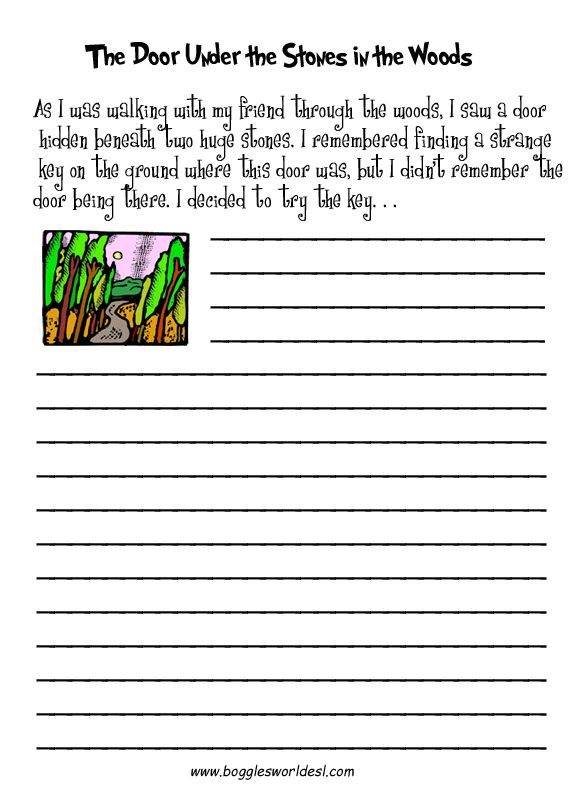
What's the problem with capital letters? Is it possible to learn to write beautifully by hand calmly and without tears? At what age is it better to start? How often do I return to copybook assignments? Is it possible to learn to write beautifully if bad handwriting has already formed? The answers to these questions are of great interest to parents and teachers.
Let's start with the fact that all children are different, and the difficulties in mastering writing are also different. Depending on the situation, it is necessary to choose suitable games and solution methods. What are the most common writing difficulties?
Weak hand, weak fine motor skills, the child quickly gets tired of holding a pencil and putting pressure on it
In such a situation, it is important to offer feasible written tasks - and select convenient written materials. Sometimes parents, seeing the difficulties, decide that they just need to postpone all activities related to pencils until the child himself wants to.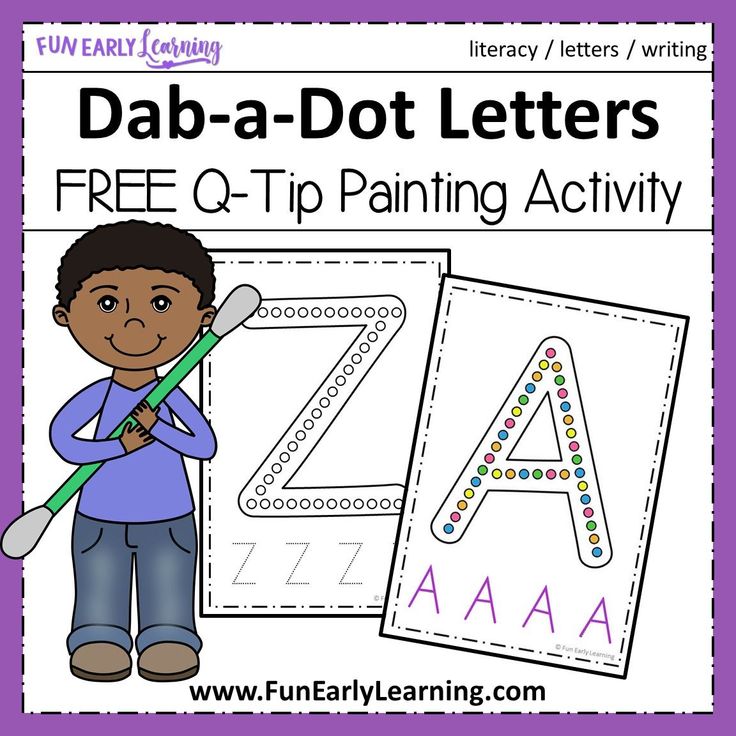
As a result, we meet a child about whom the parents say: “You know, he is 6 years old, but he has not yet chosen which hand to write with, and as a result, he writes neither right nor left.” This is also not very true. Let him write and draw at least a little, let him write with different materials, but you should not completely put off these exercises.
It is unlikely that a child who is not used to drawing at all will suddenly learn to write beautiful sticks and letters just because he gets older and goes to school
In our group there are often children with weak motor skills who find it difficult to hold a pencil. We keep thick triangular pencils 4B or at least 2B especially for them. You can write with soft felt-tip pens, brushes, wax crayons.
Some teachers in this situation give a thin hard pencil, they say, let them work hard so that the line can be seen. This often leads to the fact that children strain even more, squeezing the pencil, and get tired much faster.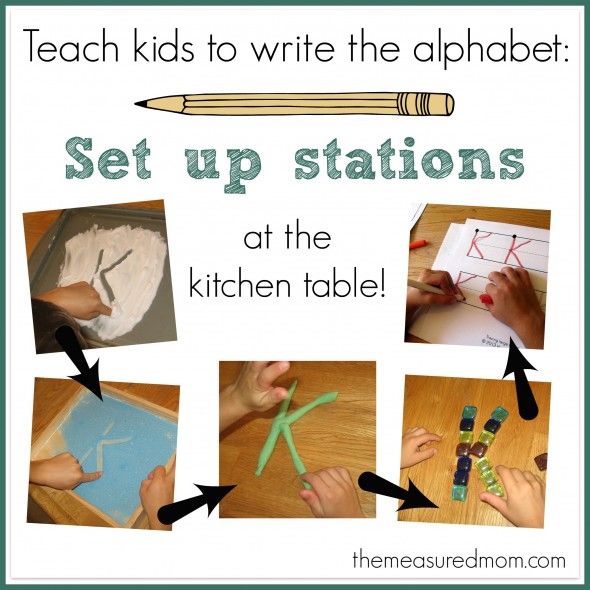 We advise, on the contrary, to give such materials with which it is easy and pleasant to draw, and the result was immediately visible.
We advise, on the contrary, to give such materials with which it is easy and pleasant to draw, and the result was immediately visible.
Many children like to write with chalk on asphalt, write with berry juice on large sheets, play with semolina or foam and write letters on them.
For children whose hand gets tired quickly from writing, it is important to gradually increase the load. The more tired they are, the worse they hold the pencil. On the other hand, if a child does not like and cannot write at 4-5 years old, and cannot write his name, then sometimes parents think that you just have to wait - it will get better by itself. And then - bang - and the first class, and immediately you have to write a lot by hand, and in all subjects - in Russian, in mathematics, and then more homework! Parents suddenly catch on, start insisting on beautiful handwriting, children get upset, refuse, get angry. This is not the most pleasant scenario for everyone, frankly.
We usually start by asking at 4-5 years old to sign the name on the pictures, then the name and title, then we call the child to help us write a shopping list, a guest list, a pie recipe. We play drawing, where any funny squiggle is good. We come up with a variety of games with letters, gradually adding different written versions of word games.
It is difficult for a child to write in small letters
If we see that a child cannot draw a straight line, it does not work out or paint over neatly, circles do not work, the line trembles - we must start with very large samples. Do not try to write small letters, squeezing them into narrow rulers.
Do the opposite: take a huge piece of paper and write a letter on it. You can take an A4 sheet and put it in a transparent file folder, or laminate sheets with large letters - one letter per whole sheet. And then we write in transparent with a marker for the board.
In this case, we fix the motor image of the letter, but at the same time we do not run into problems with fine motor skills. You can write giant letters with a stick on the sand, with a sponge on the bathroom wall, or with chalk on the asphalt. Which, in my experience, does not help much - shading and playing with small Lego.
You can write giant letters with a stick on the sand, with a sponge on the bathroom wall, or with chalk on the asphalt. Which, in my experience, does not help much - shading and playing with small Lego.
Parents are often surprised: they say, how bad motor skills can be, he plays Lego for hours!
Alas. Lego requires completely different movements, not the same as for writing. And the ability to connect cubes and bricks does not help in any way the smooth coordinated movements that are needed for capital letters.
My friend, mother of nine children Olesya Likhunova, told how she taught all her children to write: they did not start with letters, but with a variety of games with clay and plasticine, so that the child had good motor skills, an eye, and good coordination eye-hand. After that, they took a large sheet and drew one letter on the whole sheet. One huge! First, the mother draws, and the child traces this letter with his finger.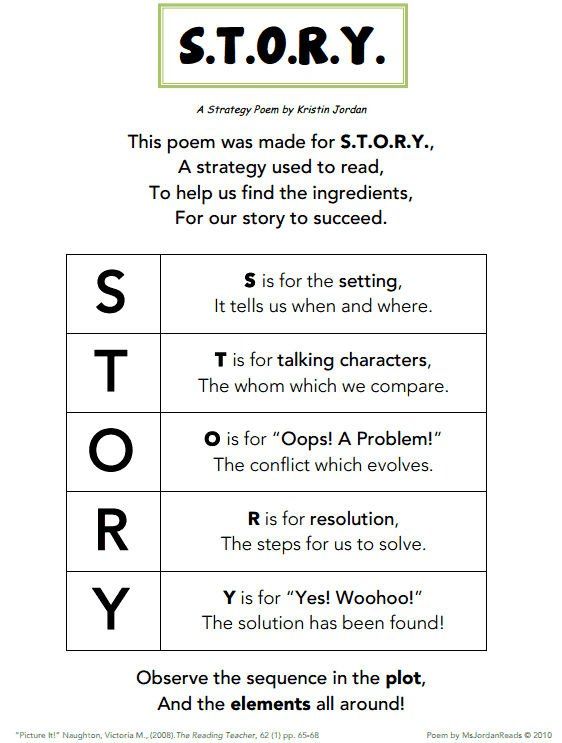 Then he tries to write with a felt-tip pen. And the most beautiful of the five attempts is shown to all households and boasted: “Look, what our Petya is like! No one taught him capital letters, and today he wrote such a beautiful “A”!”
Then he tries to write with a felt-tip pen. And the most beautiful of the five attempts is shown to all households and boasted: “Look, what our Petya is like! No one taught him capital letters, and today he wrote such a beautiful “A”!”
Ideally, to make a notebook from wide rulers for first-graders who find it difficult to write small letters. You can give a teacher who will conduct classes with first-graders a stack of paper with large rulers. If we want the child to form an image of a letter, then it is useful to write each letter in a variety of ways:
- with your hand in the air
- sponge on bathroom wall
- chalk on asphalt
- sand or sidewalk sprinkler
- colored water on snow
- tassel on large sheet
- with a finger or the whole palm - on clay, semolina, sand or shaving foam.
It is useful to lay out letters from sticks, from plasticine sausages, from shoelaces, from nuts and designer parts.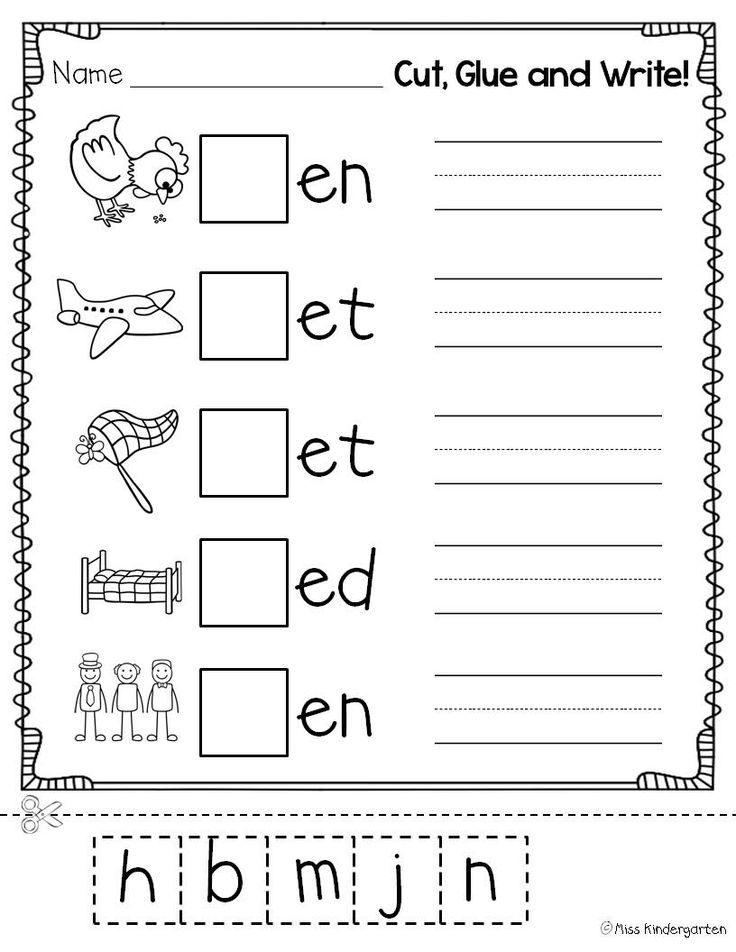
Outlining letters along dotted lines is not so useful, but drawing a family of similar baby letters around a sample letter is good and useful.
You can also make letters-matryoshkas of different sizes, one inside the other, or draw letters on a hill and under a hill, drawing a sheet diagonally.
The child can write letters, but they turn out “wrong”
It happens that the child’s image of the letter is not formed very accurately, and he does not understand what width, height the letter needs to be written in order to come out beautifully. Or he simply doesn’t remember which way the tail of B or D is, or confuses the written letters H and C. In this case, it is useful to draw the same letter with chalk, lay it out from counting sticks, from a handful of rice or beans, from plasticine sausages. It is important to use different materials so that you can easily change the proportions of the letter and see if it gets better. You can draw a line on which we draw letters, not straight, but curved so that "the letters go over the mountains", and then it's not scary that one letter leans to the right, the other is bent - it's even funnier.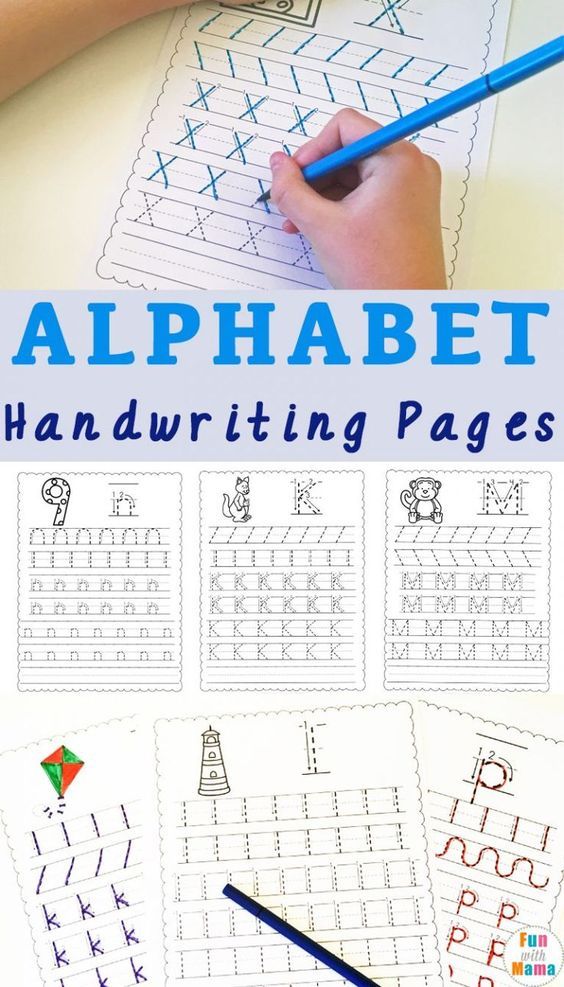 In general, the more play and laughter there will be in your classes, the better!
In general, the more play and laughter there will be in your classes, the better!
The child is distracted and confuses the letters
My brother in the first grade wrote “the first of December” instead of “February” because he mixed up the letters and did not like writing. And he wrote this ill-fated "Devra" all month long, both in class and at homework. In such a situation, different attention games work well: for example, find all the written letters "d" among the written letters "c", "f" and "b".
You can do small tasks every day like a correction test - for attention and accuracy. You can compose funny phrases in which all the words begin with this letter: "The purple lantern snorted at the violets." "A good melon perforated the oak."
Child forgets how letters are spelled and what they look like
Some children find it difficult to read and write because they cannot remember what letters look like. Adults are used to the fact that this icon denotes this sound.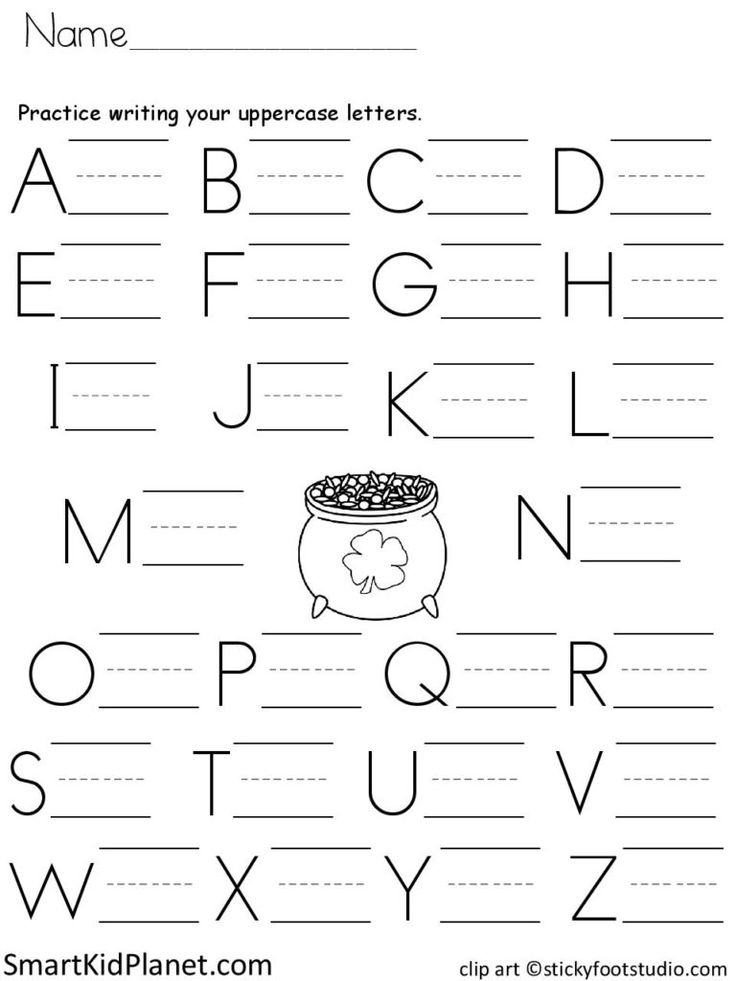 And for children, all these icons are often too similar. In this case, we need alphabets in pictures. This is called "forming an association with the image of a letter." We advise you to take the "ABC" by Daria Gerasimova, there in the book "ABC with transformations" each letter has its own image, and there is a rhyme to it.
And for children, all these icons are often too similar. In this case, we need alphabets in pictures. This is called "forming an association with the image of a letter." We advise you to take the "ABC" by Daria Gerasimova, there in the book "ABC with transformations" each letter has its own image, and there is a rhyme to it.
You can collect the letter A from watermelon seeds or orange rings, O - from cucumber rings, P - from sticks, W - from cones, F - from dates or pistachios, K - from chestnuts, etc. Then the image of the letter will be associated with the material.
You can remember and write down different words that begin with this letter. We draw the letter "A" and around it we write down and draw different words that begin with this letter: bus, arch, acrobat, orange, watermelon. Then we draw the letter "B" - and a squirrel, a ram, a banana, a drum, a bun appear around it.
What do children like to write about?
According to my observations, children most willingly write their name, their compositions, fairy tales, homemade books, tips for finding treasures, inscriptions on their maps, price tags when playing shop, tickets when playing theater, their order when playing games.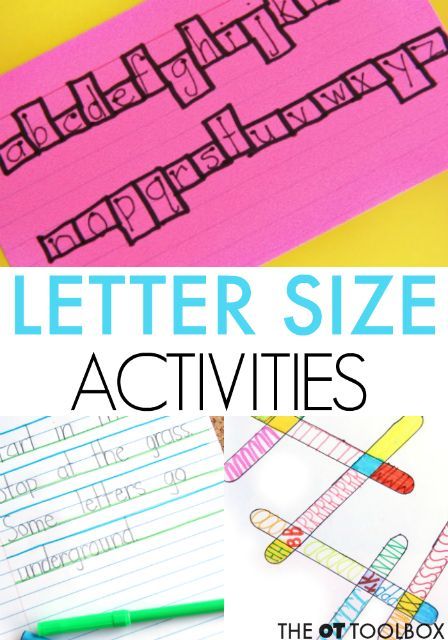 Cafe. Many children are ready to write their own name at least ten times in a row, and at the same time they are ready to experiment, write letters of different sizes, decorate letters with curlicues, write each letter in a new color, master written letters (not all letters, but only their own name), write wide letters or narrow, high or low.
Cafe. Many children are ready to write their own name at least ten times in a row, and at the same time they are ready to experiment, write letters of different sizes, decorate letters with curlicues, write each letter in a new color, master written letters (not all letters, but only their own name), write wide letters or narrow, high or low.
You can add an element of randomness to the games with prescriptions. We throw a dice, and how many points fell out, so many times we draw the selected letter or the selected short word. When the work is divided into small observable pieces, it is much easier to do it, and it is not so scary to start. Perhaps at some point the child will see that there is not much left - and he will simply add letters to the end of the line himself.
If we are only teaching a child to write, it is important to separate literate writing and writing
It is very difficult to learn everything at once, to have time to follow the spelling, the meaning, the beauty of the letters.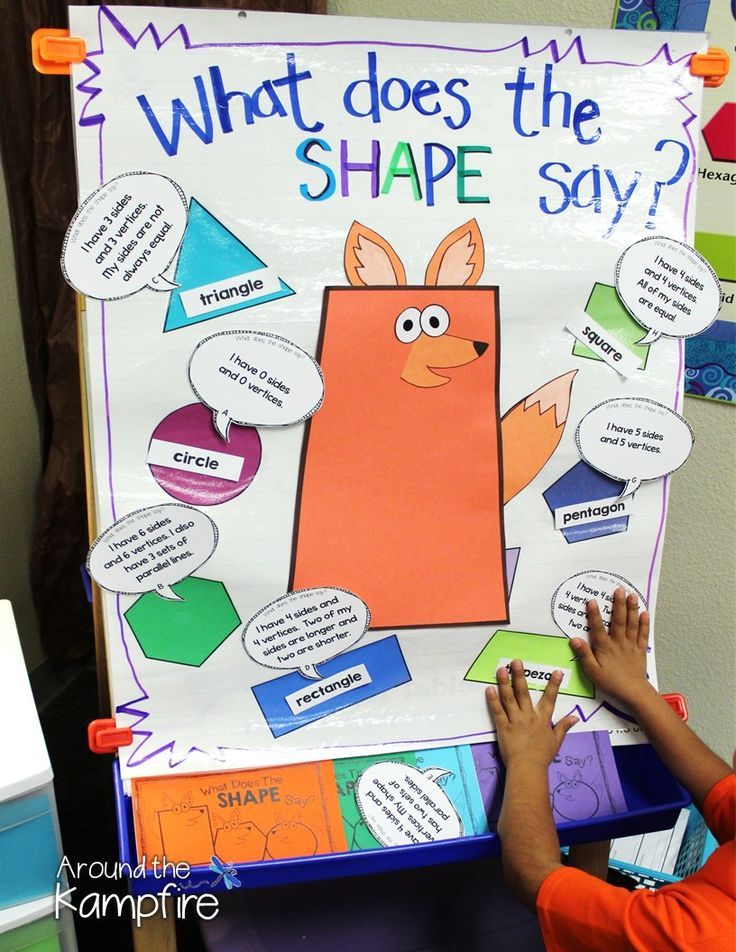 And therefore, it is most reasonable to separate these aspects of learning. And in any case, there is no need to rush a child who is having a hard time.
And therefore, it is most reasonable to separate these aspects of learning. And in any case, there is no need to rush a child who is having a hard time.
Let's say that in the exercise we are focusing on writing correctly. Then we start by choosing those words that most children can write without errors. Let there be no unchecked vowels, and even unstressed ones. And let it be clear whether the letter is voiced or voiceless at the end. It is not necessary to write off, you can choose pictures - and write captions to them. House, cat, whale, bow, beetle, lamp, table, chair, fox, wolf, hand, porridge, sofa, robot, arch, forest, park, Christmas tree - it's hard to make a mistake in these words. We print pictures - without words, and ask the child to choose any 5 cards and write captions for them! And we can, with a clear conscience, praise everyone who wrote so many words correctly. And then you can come up with funny combinations with these words: “the house flies”, “blue cat”, “red whale”, “fun bow” - and write them off too.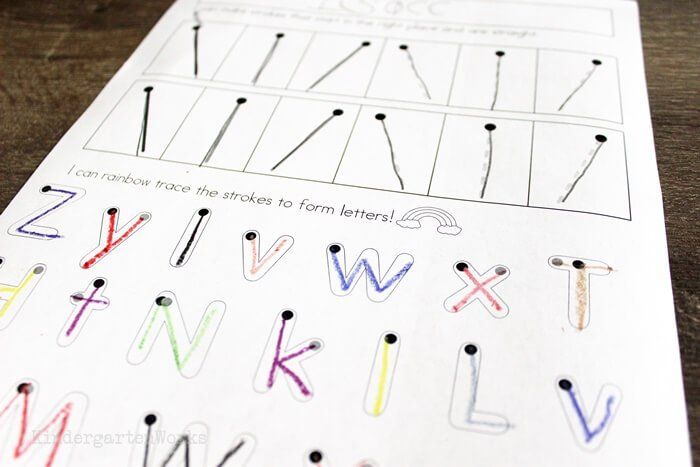 Or you can attach separate cards with adjectives to the words that we already know how to write - and write down the funniest. For this, by the way, cards from the game "triple nonsense" are great. Or you can flip through the pages of a paper cutter and write down the resulting nonsense. If we want to teach children to compose, to write meaningful texts, at this moment we must put aside both literacy and the beauty of letters. Let him write at random, skipping letters, making mistakes, erasing and crossing out, as long as the ideas in the text are interesting and the plot is fascinating. As one teacher friend says, let them write an essay with a million mistakes! But by yourself!
Or you can attach separate cards with adjectives to the words that we already know how to write - and write down the funniest. For this, by the way, cards from the game "triple nonsense" are great. Or you can flip through the pages of a paper cutter and write down the resulting nonsense. If we want to teach children to compose, to write meaningful texts, at this moment we must put aside both literacy and the beauty of letters. Let him write at random, skipping letters, making mistakes, erasing and crossing out, as long as the ideas in the text are interesting and the plot is fascinating. As one teacher friend says, let them write an essay with a million mistakes! But by yourself!
And if we focus on calligraphy, then at this moment there is no need to find fault with speed, literacy, etc. Copybooks at school are given so that children learn to write quickly and can quickly take notes. The idea is great, but according to the research of many psychologists, calligraphy goes well at 9-10 years old, and for many six-year-olds, writing is difficult. For uninterrupted writing, they need to strain their hand very much, they get tired, they begin to squeeze the pen in their hand even more strongly, a tremor appears, the letters tremble and “slide” off the line.
For uninterrupted writing, they need to strain their hand very much, they get tired, they begin to squeeze the pen in their hand even more strongly, a tremor appears, the letters tremble and “slide” off the line.
Is it possible to change the situation and make copybook work a pleasant experience?
If we want to write beautifully and be interesting, then we need to start with motivation. If we just force it, then the child gets tired quickly, starts to get distracted, writes worse and worse. And if you allow yourself to choose in what order to write off the words, what will change? Does he write less? Then let's let him set his own order!
You can arrange a lesson-quest and invite the child to choose 5 or 10 words that he is ready to write neatly and beautifully.
You can also offer to do a nice half of the task and not finish the second part. You can offer to write off your favorite poem, anecdote or the lyrics of a song instead of a text from a textbook. Or you can make a homemade picture book. Or write down a story invented using story cubes. You can write a birthday guest list or a grocery shopping list. And you can share responsibility: a child comes up with one phrase, and an adult writes it down, and vice versa. The adult invents, the child writes. Let it be funny nonsense - inventing and writing funny things is much more interesting!
Or you can make a homemade picture book. Or write down a story invented using story cubes. You can write a birthday guest list or a grocery shopping list. And you can share responsibility: a child comes up with one phrase, and an adult writes it down, and vice versa. The adult invents, the child writes. Let it be funny nonsense - inventing and writing funny things is much more interesting!
If we want children to write more on their own and understand written letters better, we can leave them notes written by hand more often
And at first it will be notes written in large capital letters, and then you can write some words in capital letters or even everything. If a child cannot read italics, then learning to write in cursive does not make sense. It will copy the text as a picture without dividing it into individual letters and words. And this will be mechanical copying, which will not help you learn how to write each of the letters separately.
Bonus: for adults
I recommend two exercises for adults to remember how they feel about writing: take a pencil or pen in an unaccustomed hand, and write a number and the words "homework".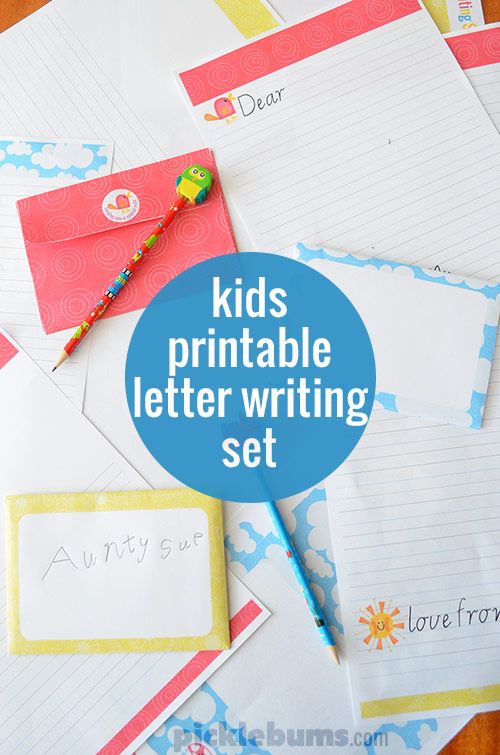 And then you can try to change the color of the pen after each letter. Please note that in adults the image of the letter is formed, you do not need to remember how to write "a" and in which direction the tail of "d", but still writing with an unusual hand is not very easy. When you write a text, you do not have such difficulties, you think, and the hand itself writes the necessary squiggles. But if you have to stop after each letter (you - in order to change the color, and the child - to remember how this or that letter is written), then there will be more errors, you can easily skip the letter too.
And then you can try to change the color of the pen after each letter. Please note that in adults the image of the letter is formed, you do not need to remember how to write "a" and in which direction the tail of "d", but still writing with an unusual hand is not very easy. When you write a text, you do not have such difficulties, you think, and the hand itself writes the necessary squiggles. But if you have to stop after each letter (you - in order to change the color, and the child - to remember how this or that letter is written), then there will be more errors, you can easily skip the letter too.
Writing is a difficult skill, and for many children it is the most difficult thing to write without stopping. Let's separate writing speed and accuracy then. If we want beautiful letters, then we will not rush and customize. Those letters that are convenient to write together, he will write together. This, for his convenience, was invented by idea.
When I hear that it is very easy for children in the first grade, there is practically nothing to do, I understand that the parents forgot about the letter and the prescription.